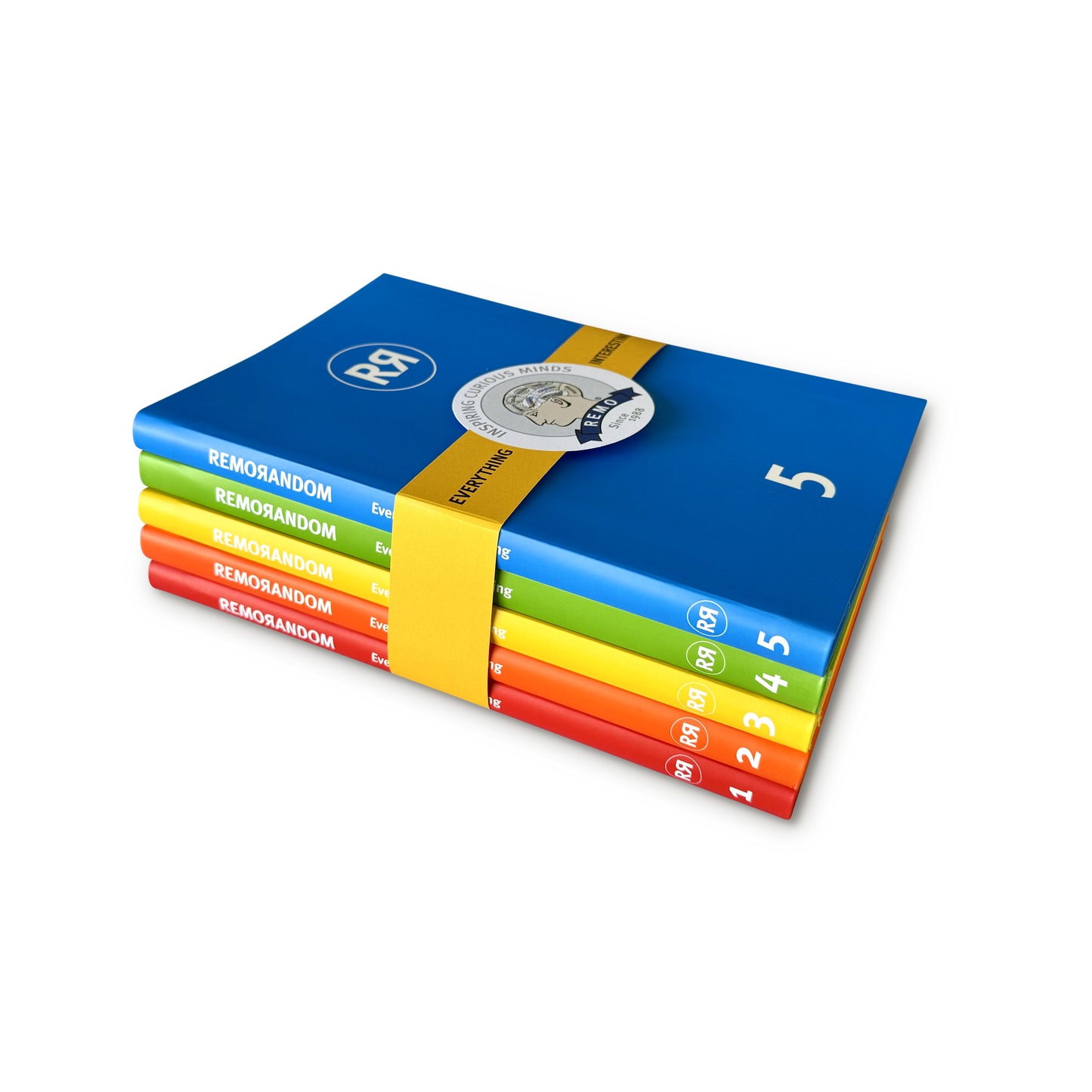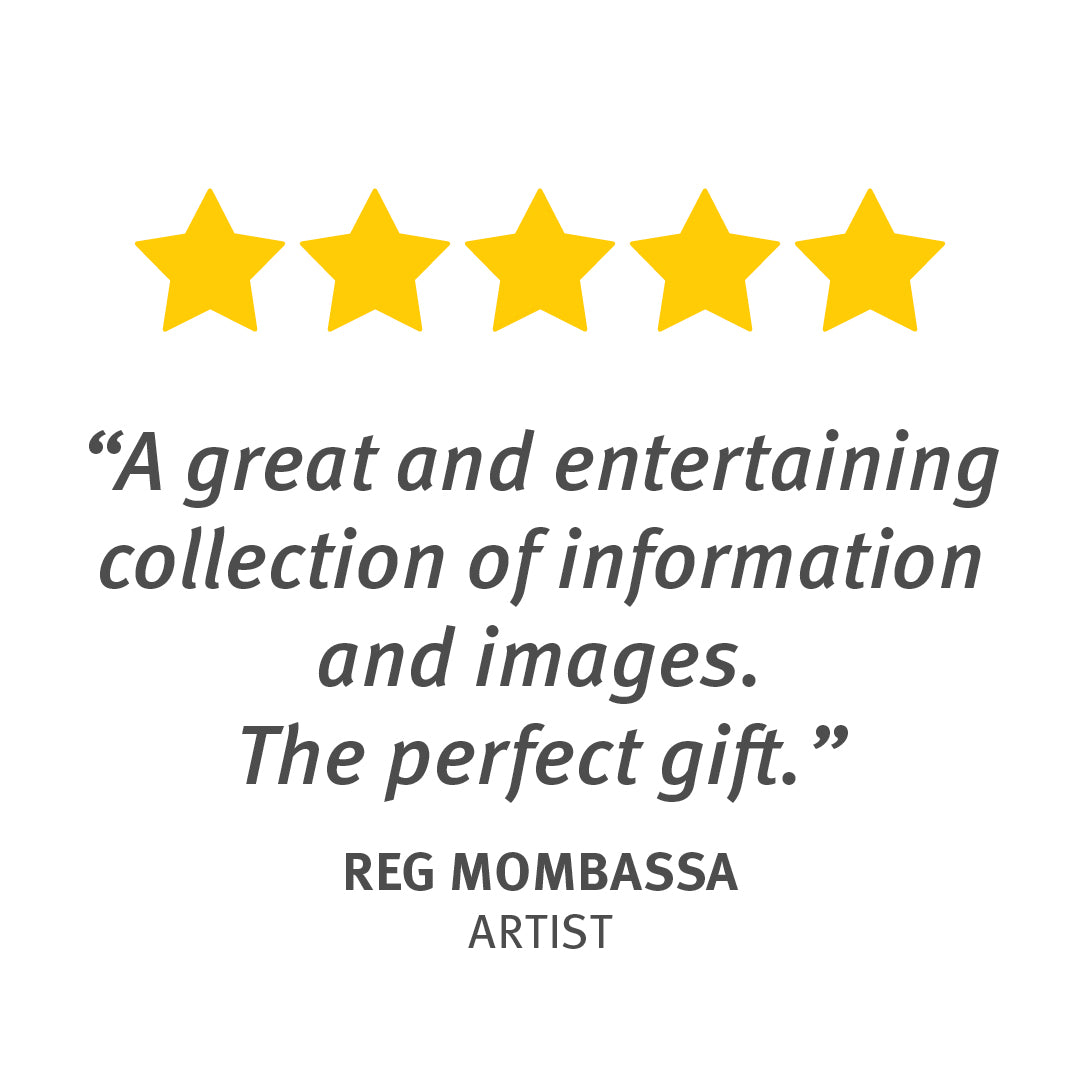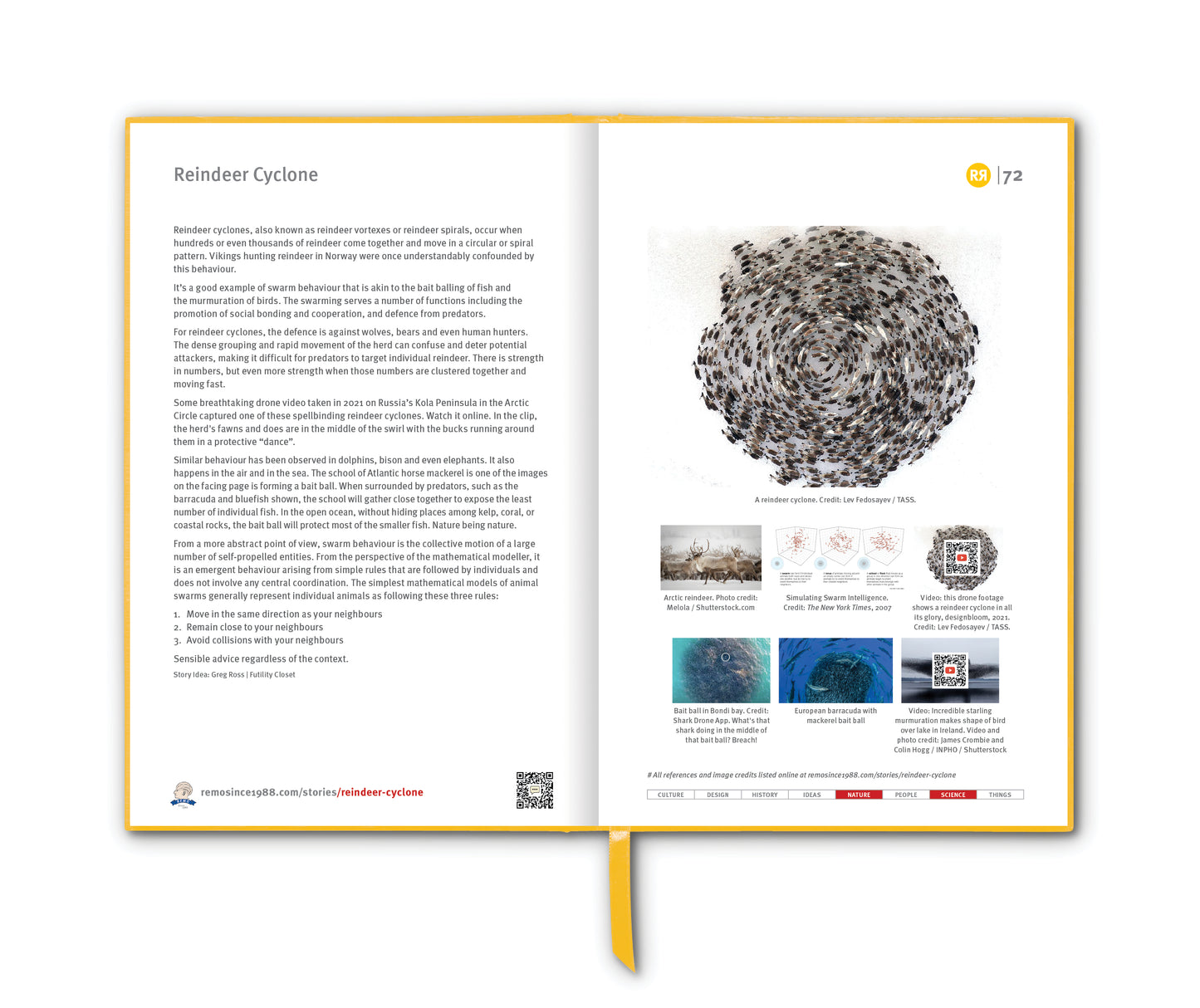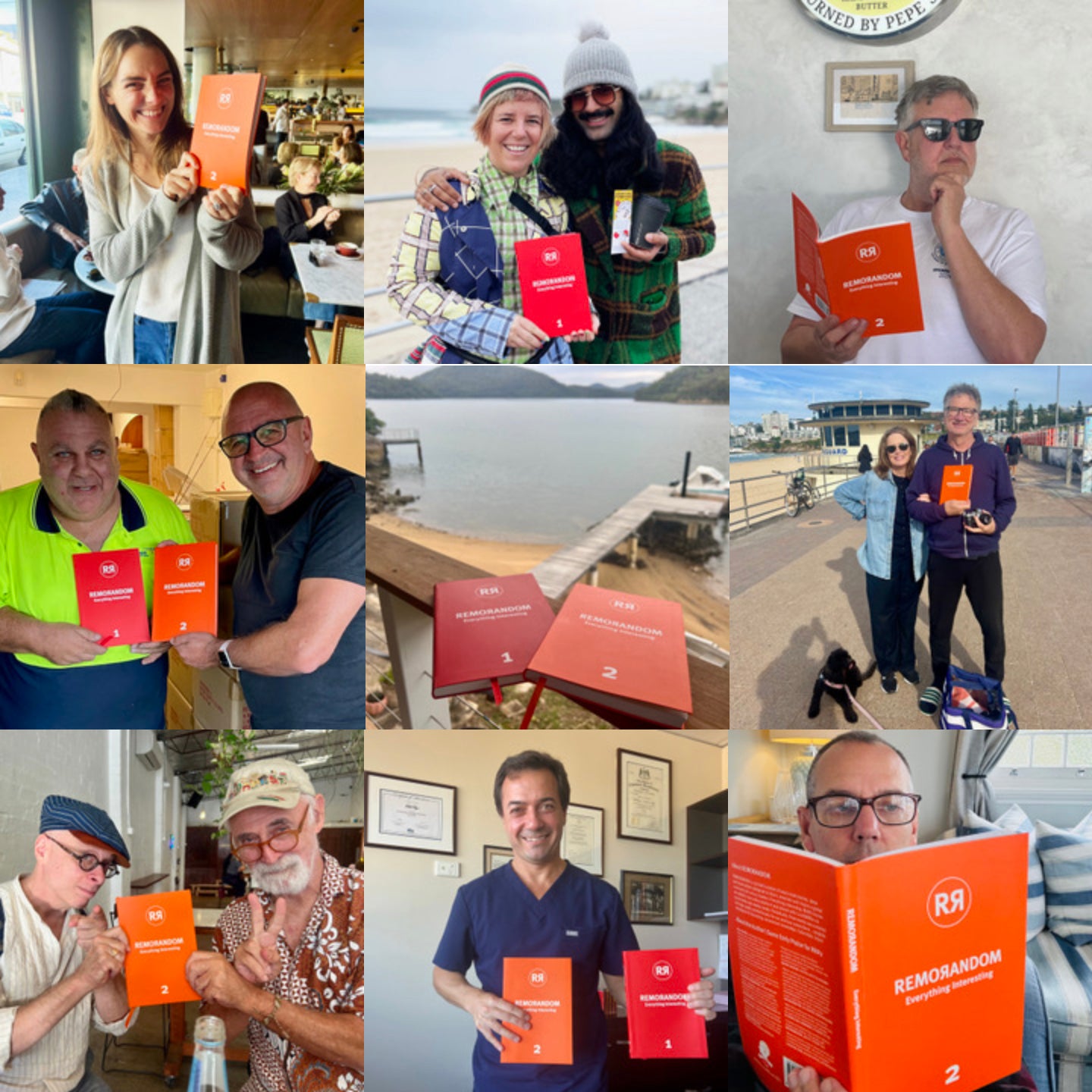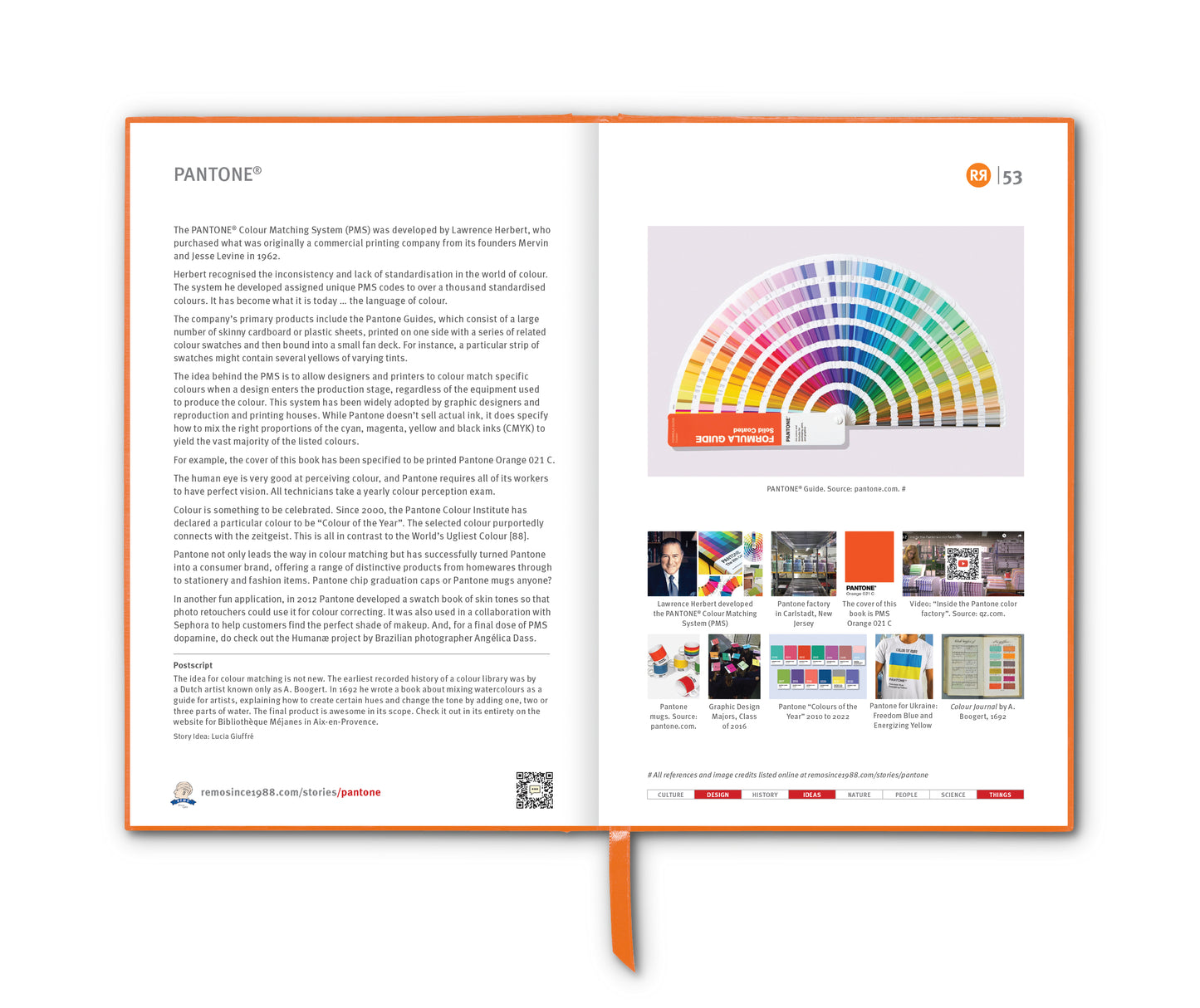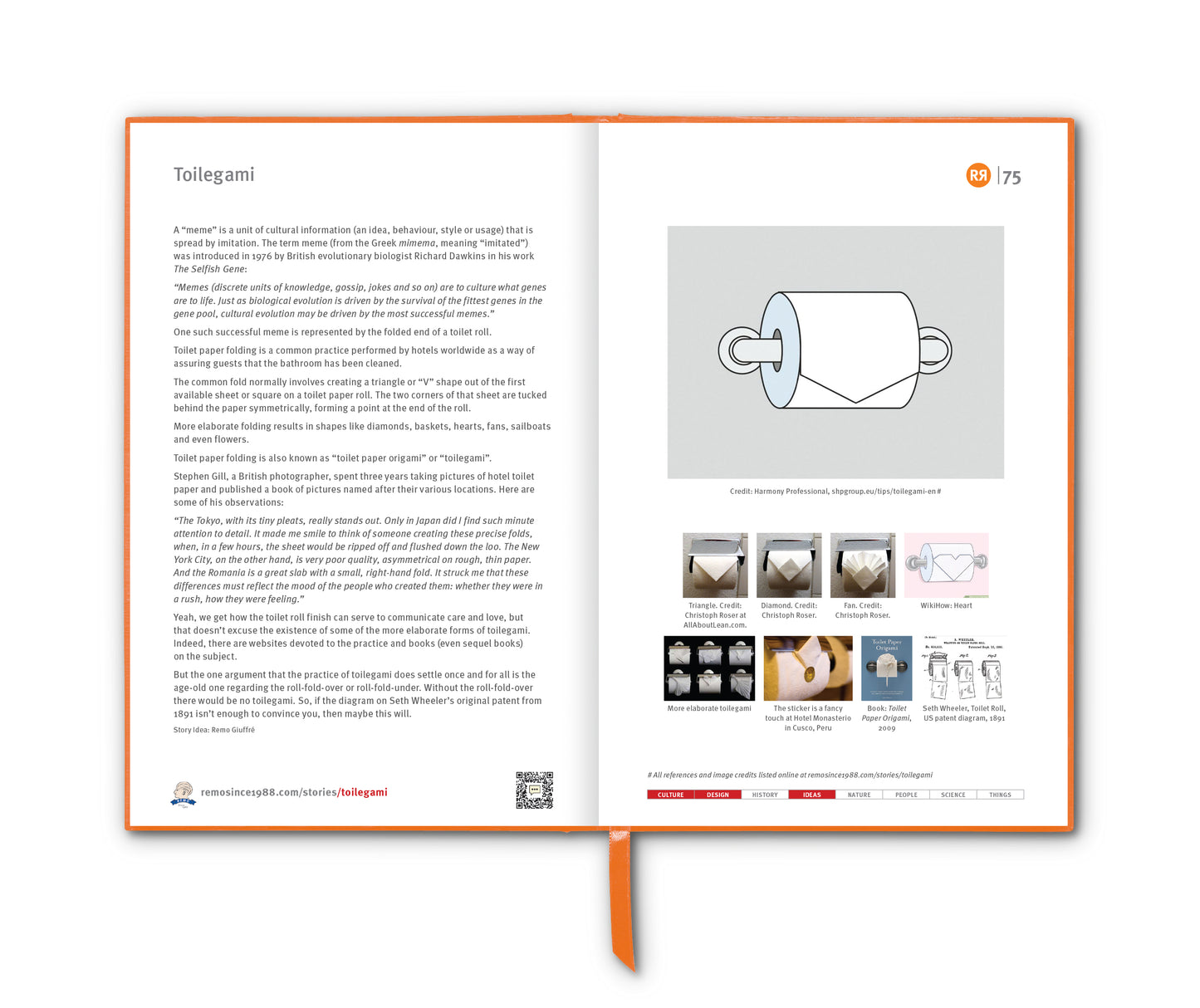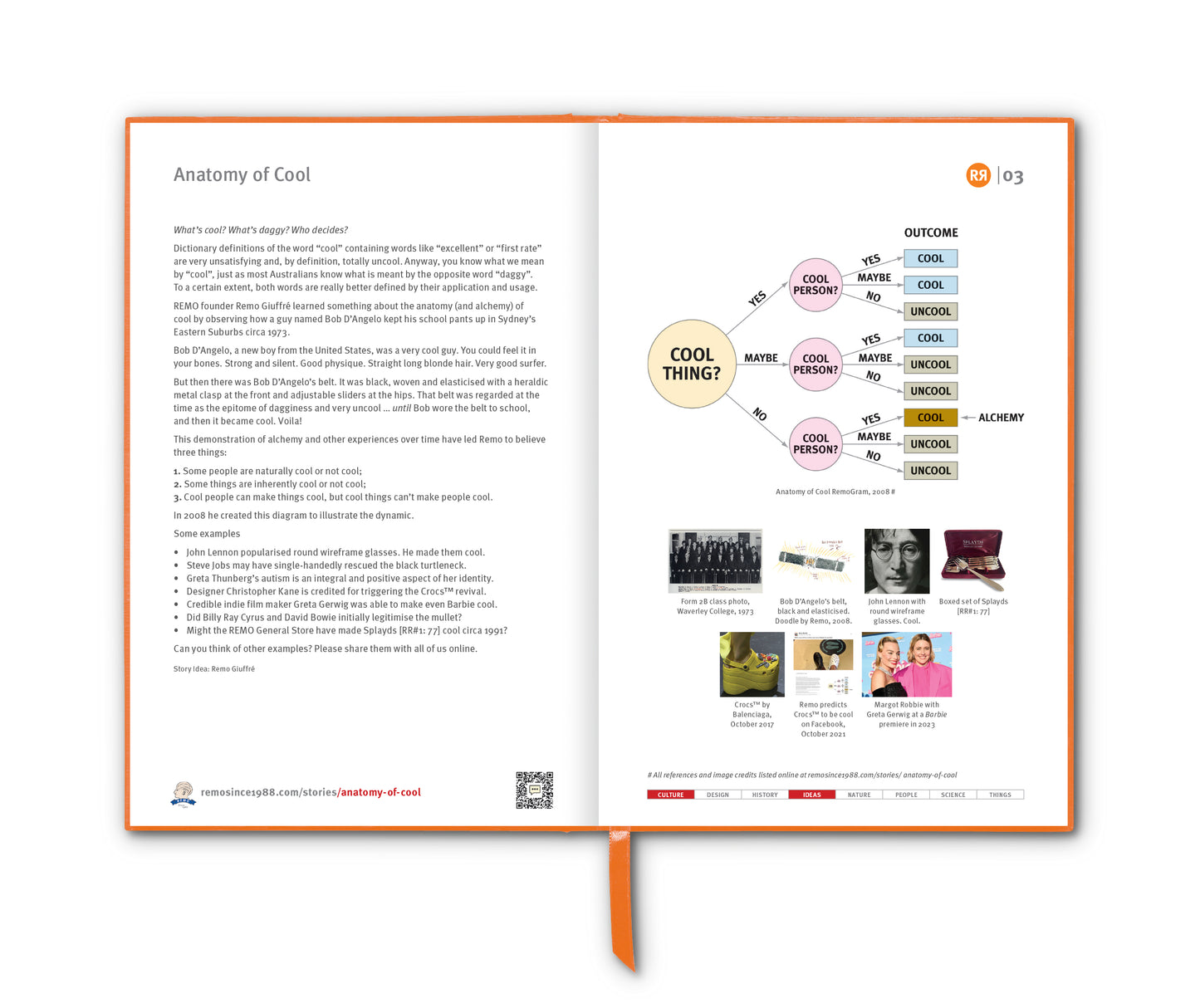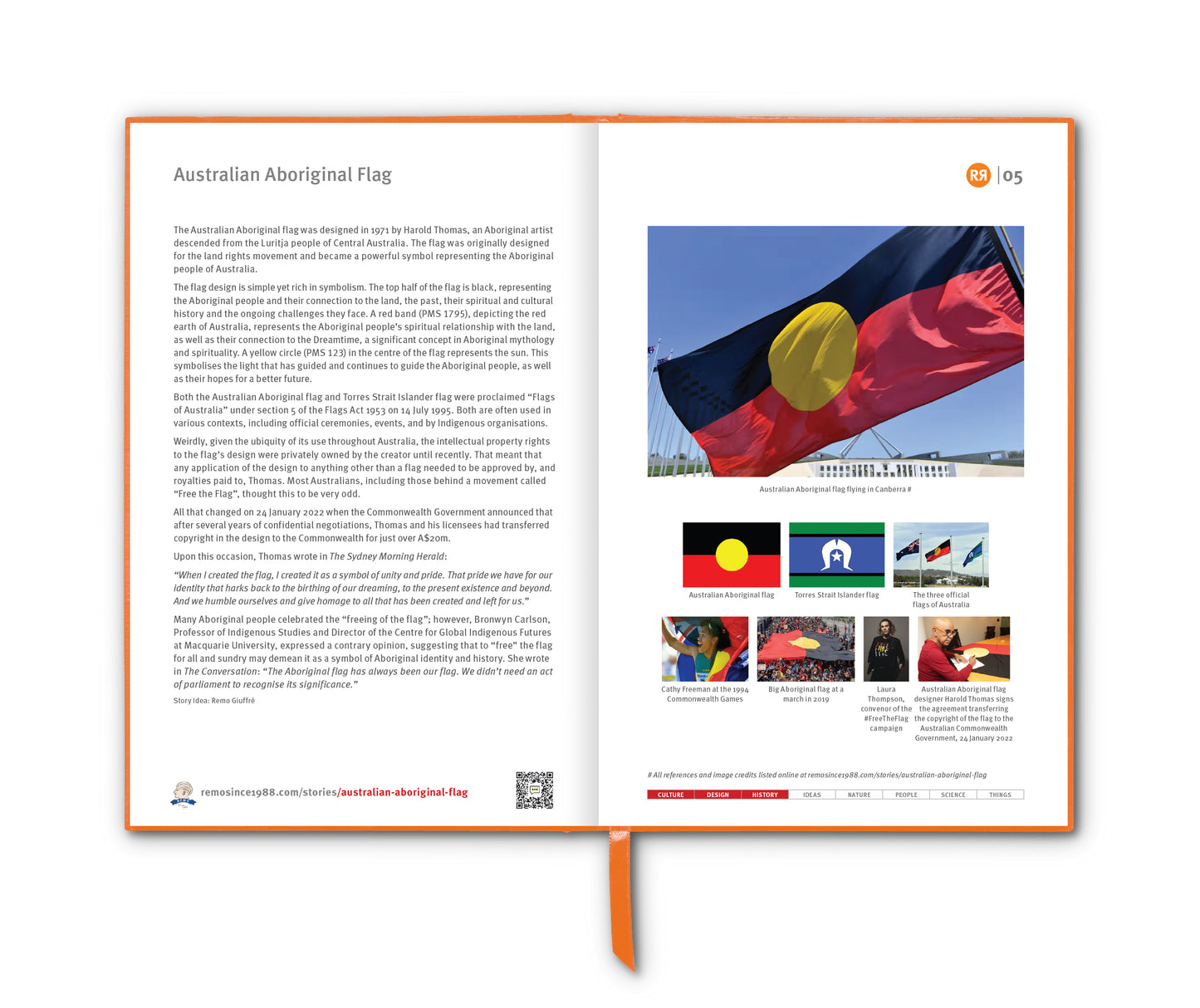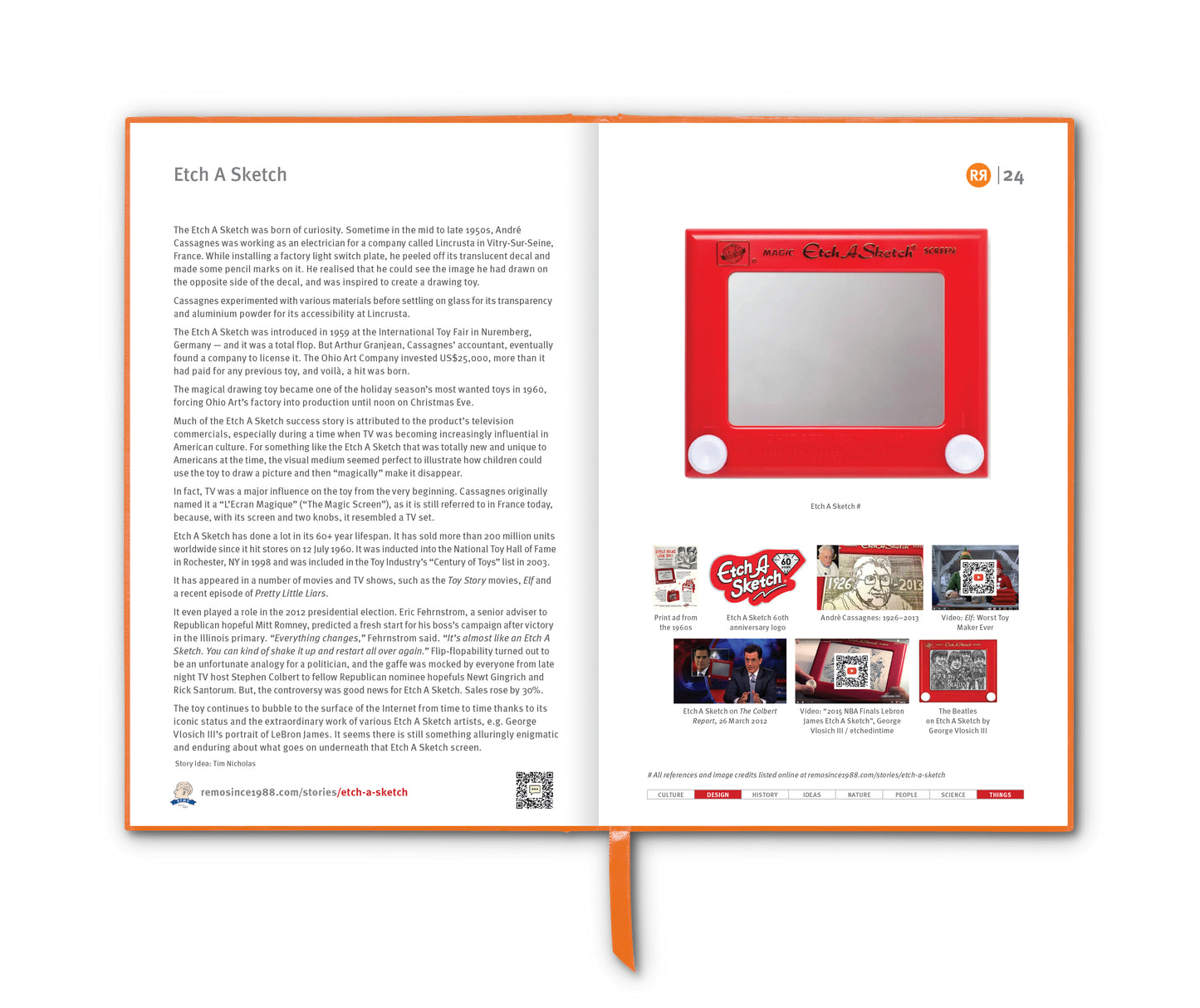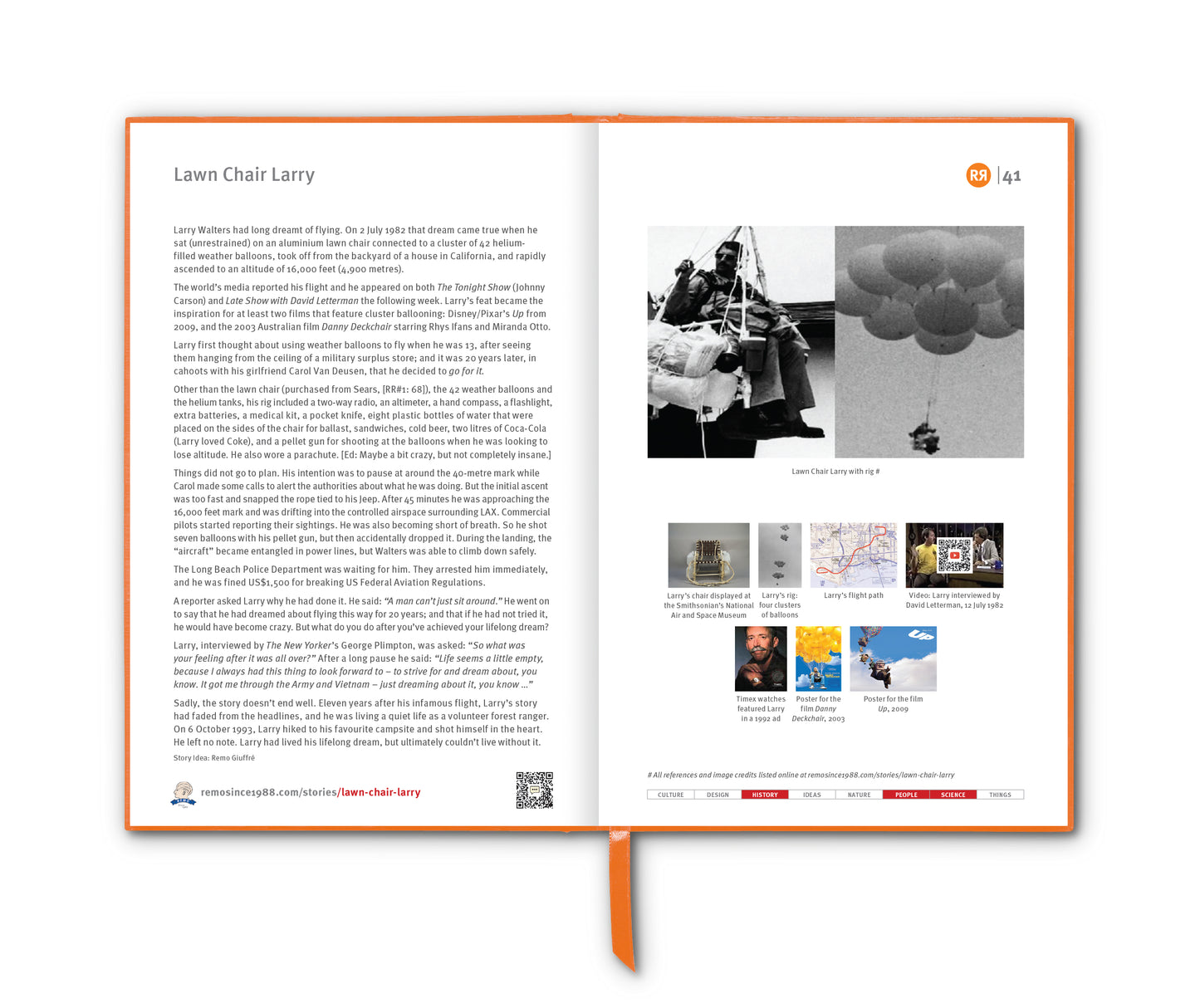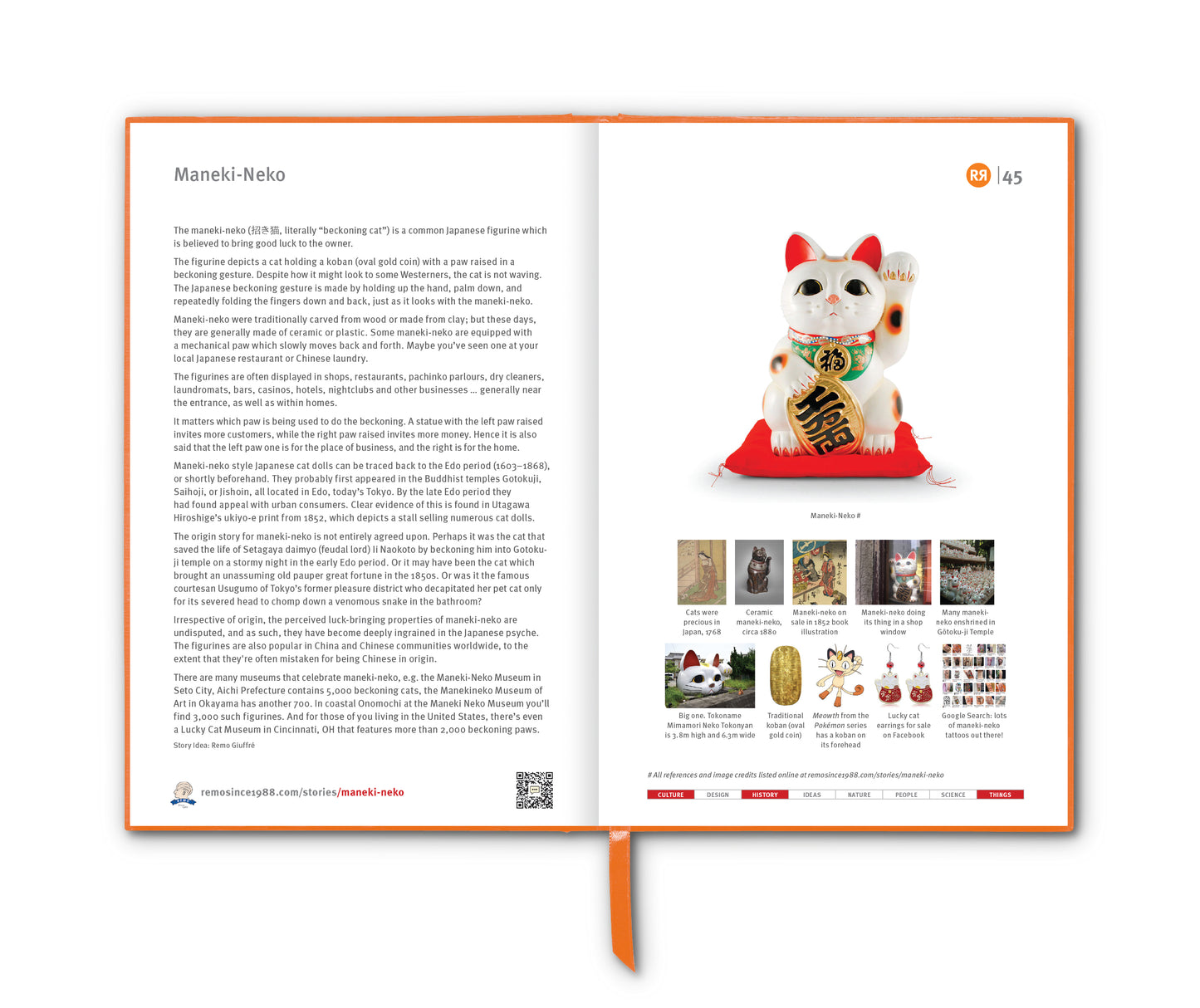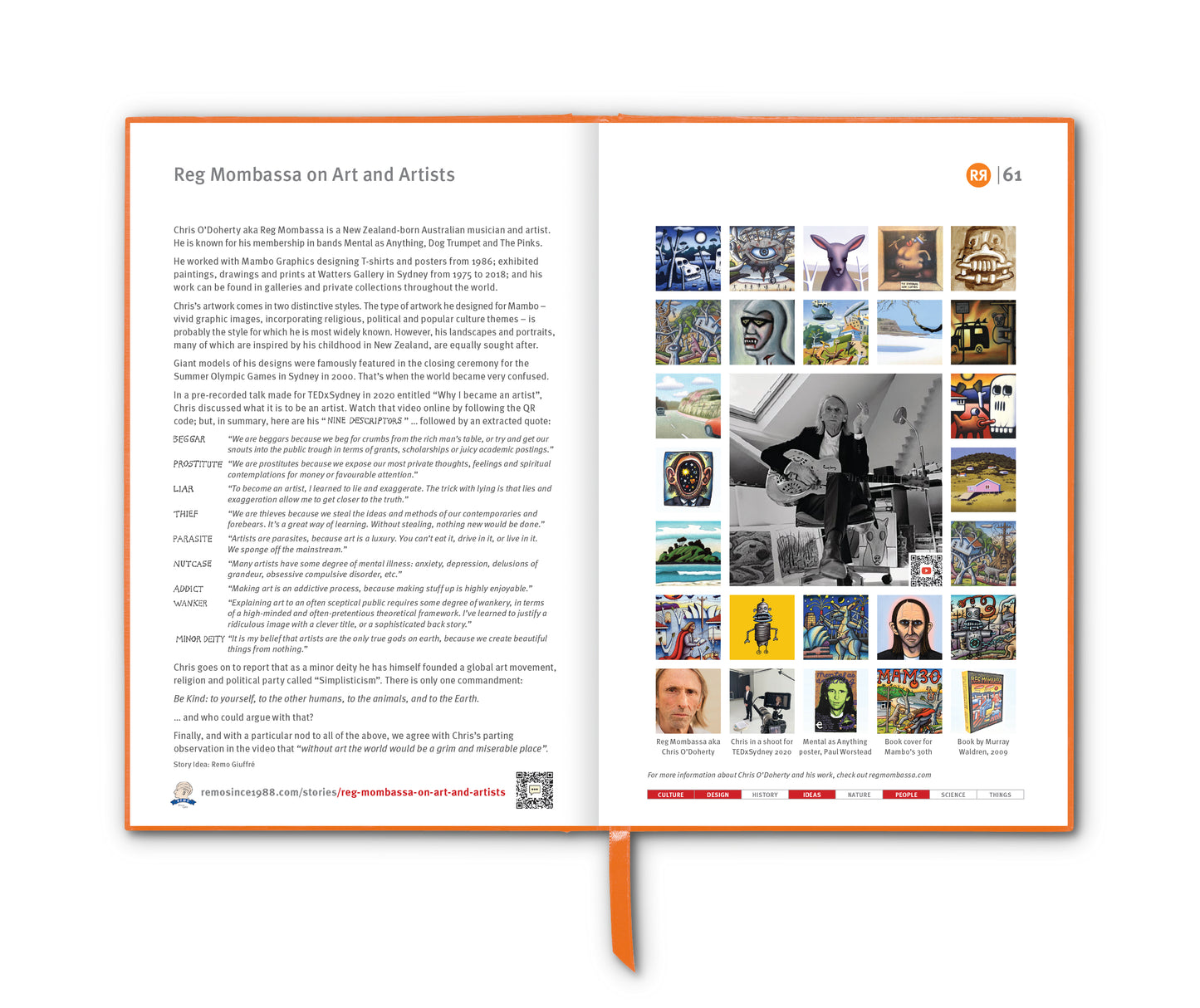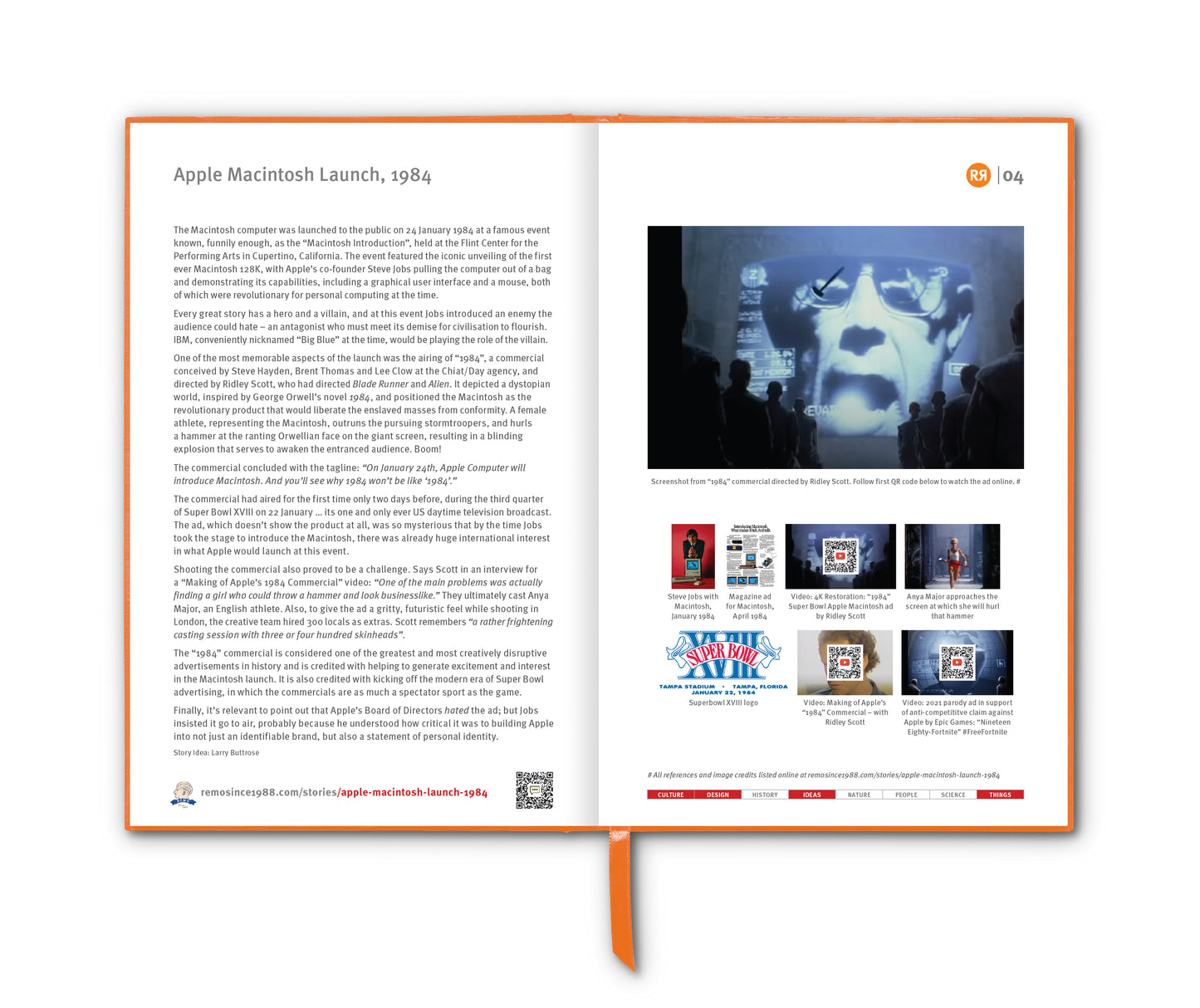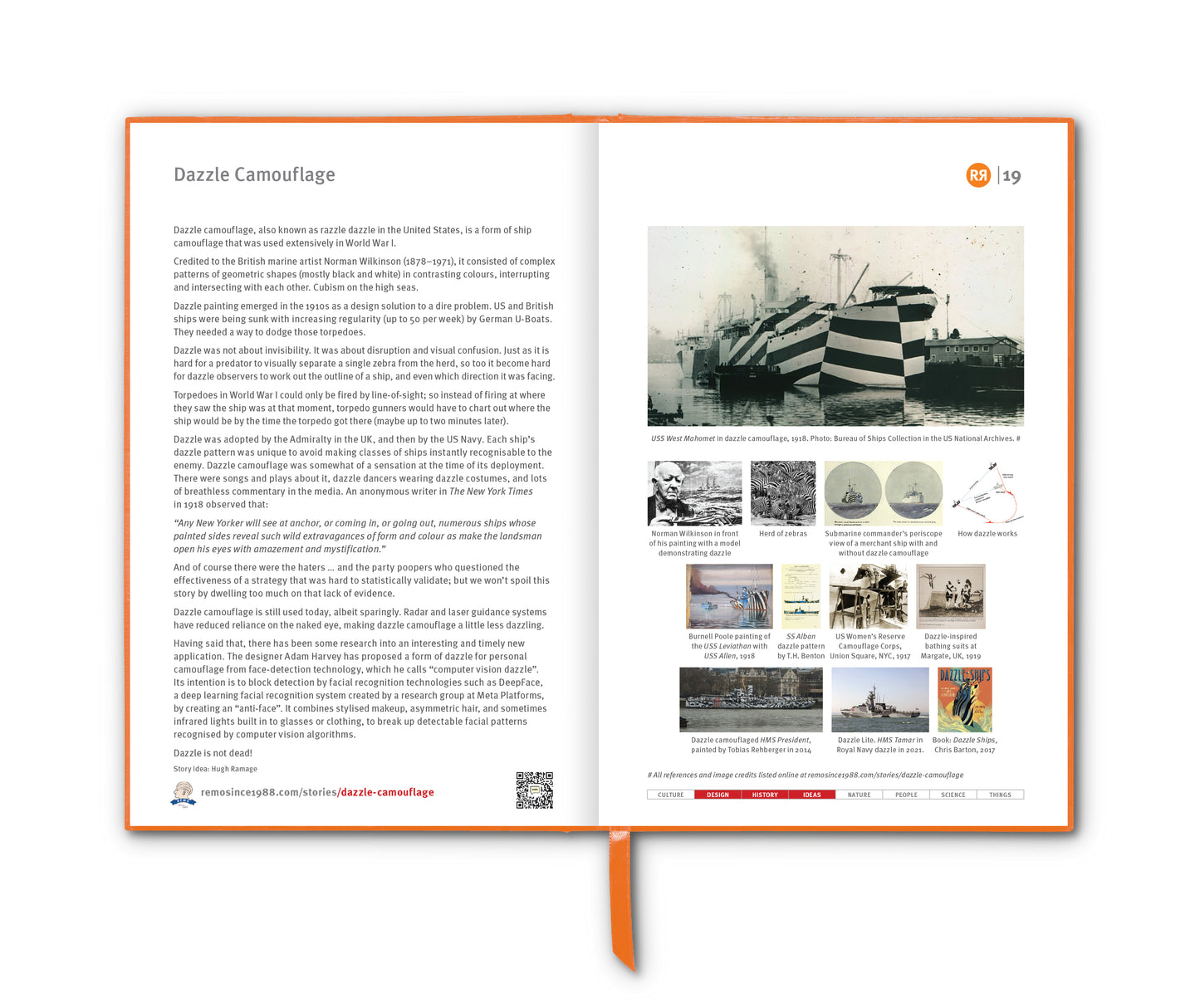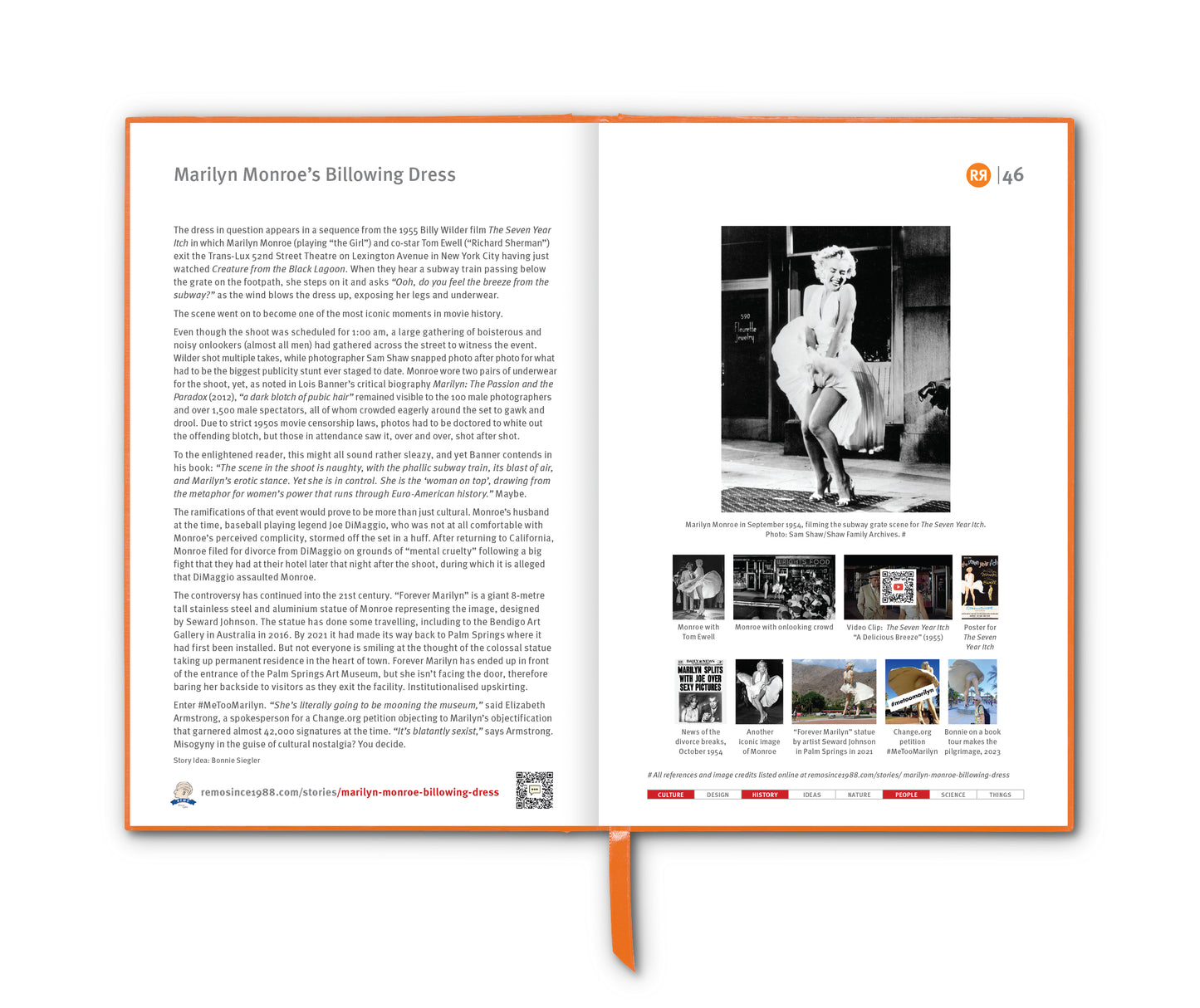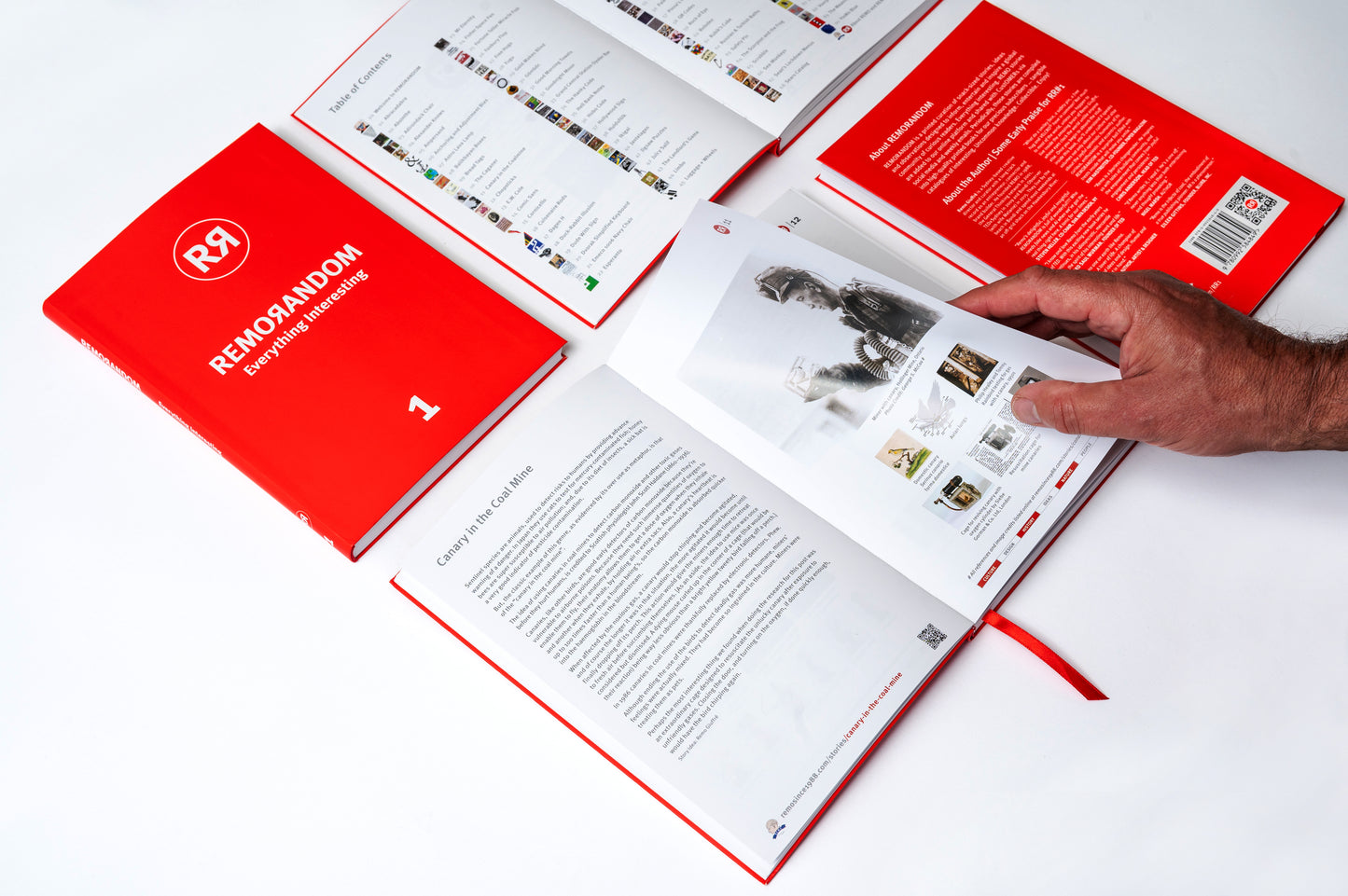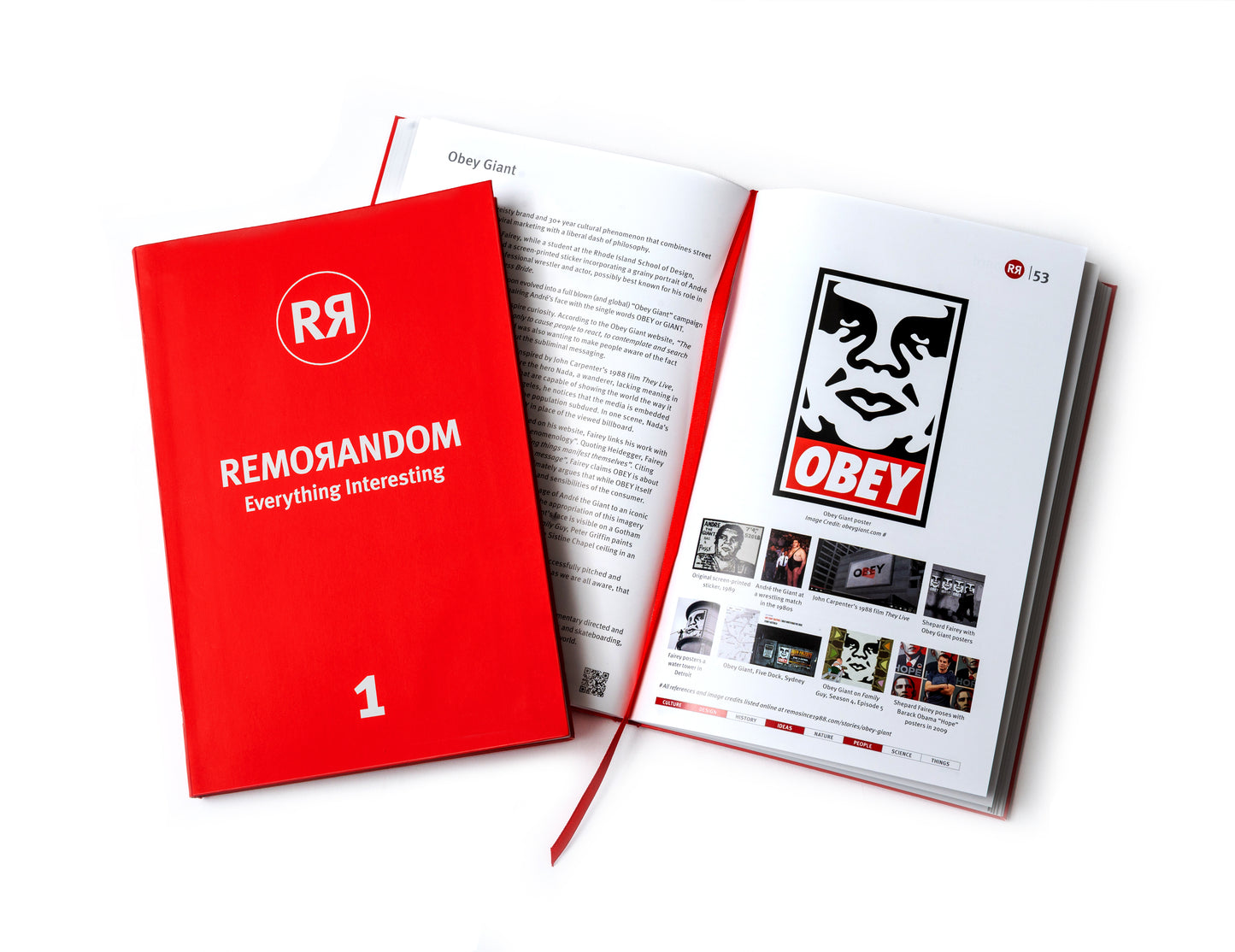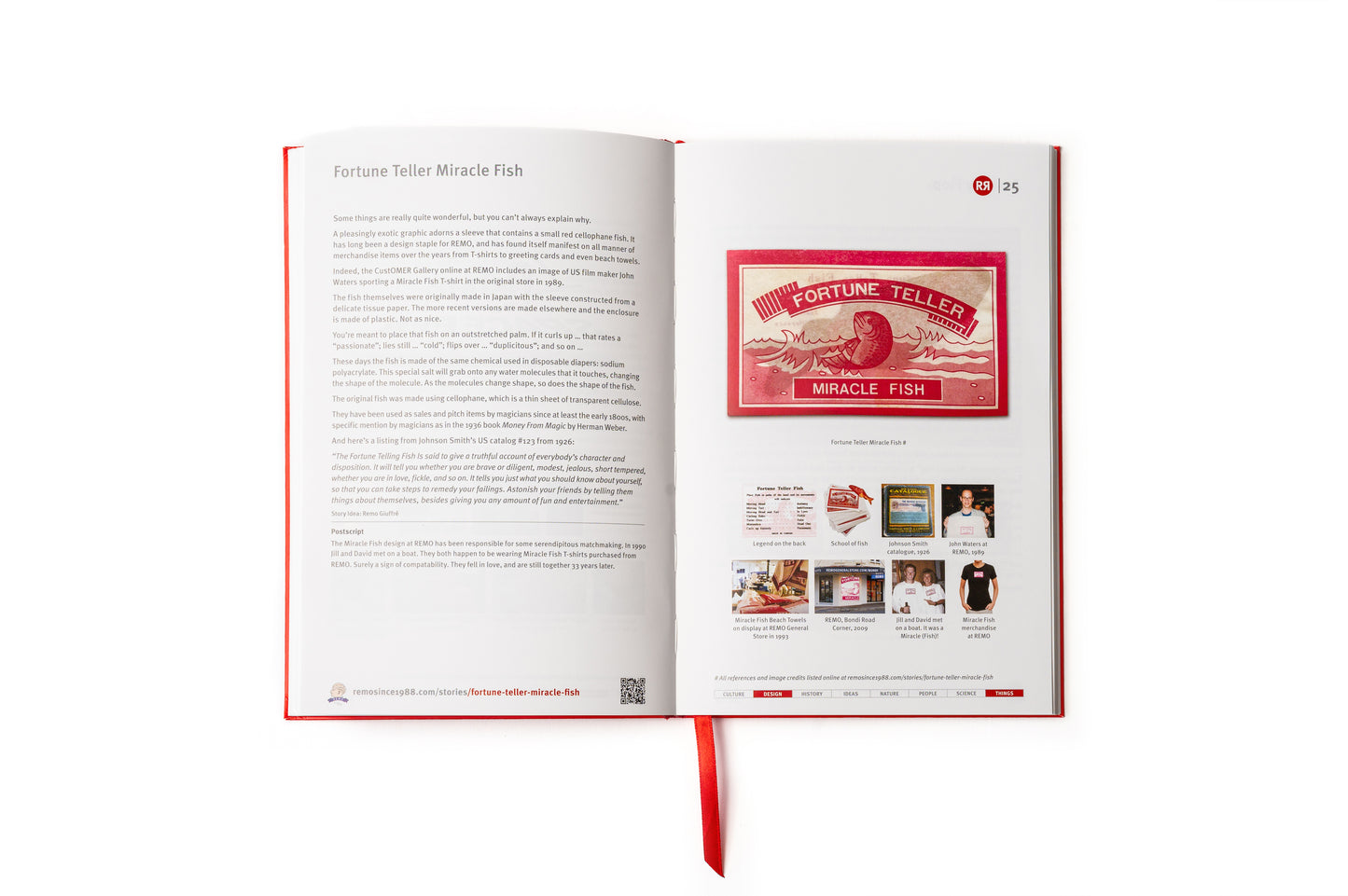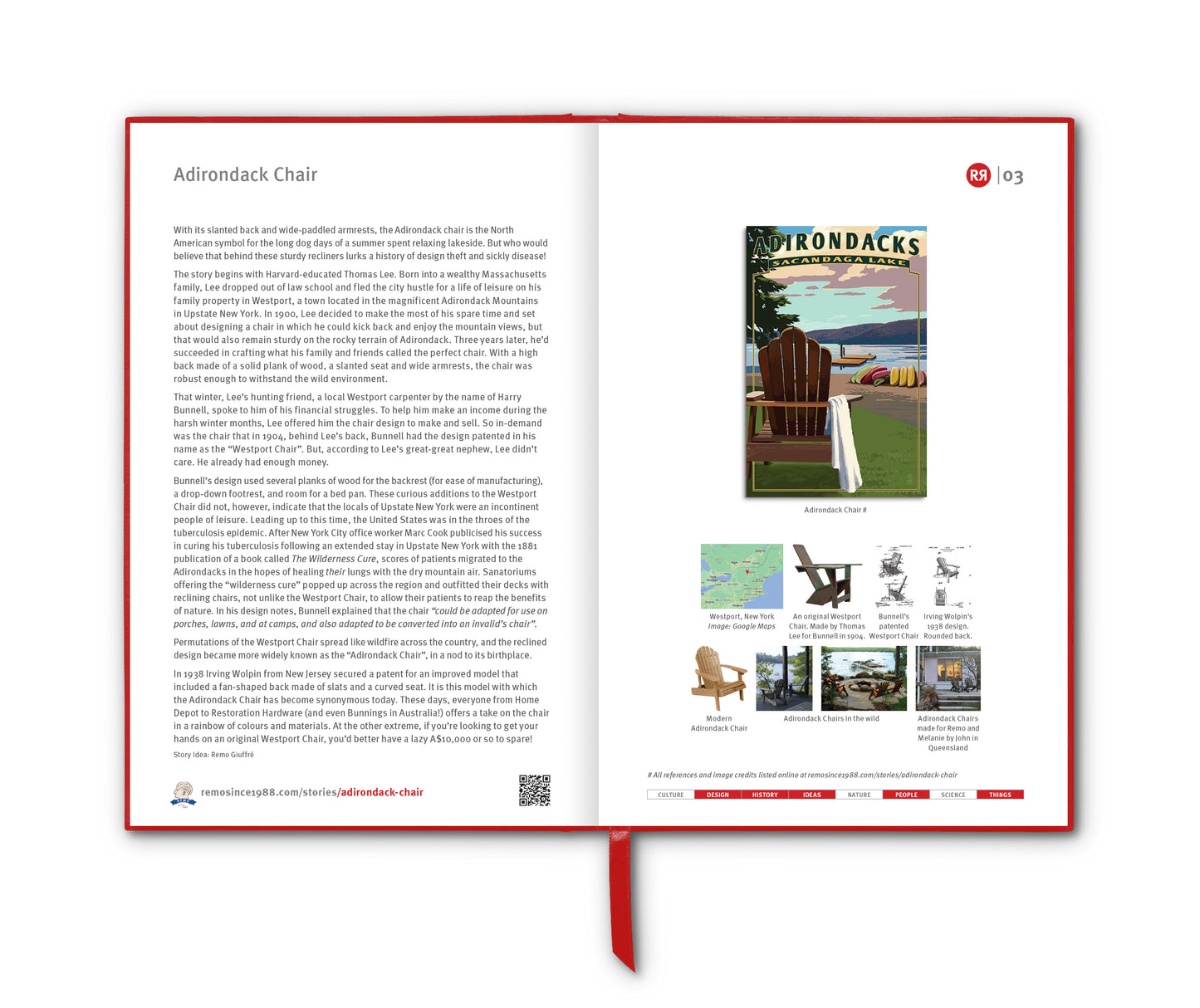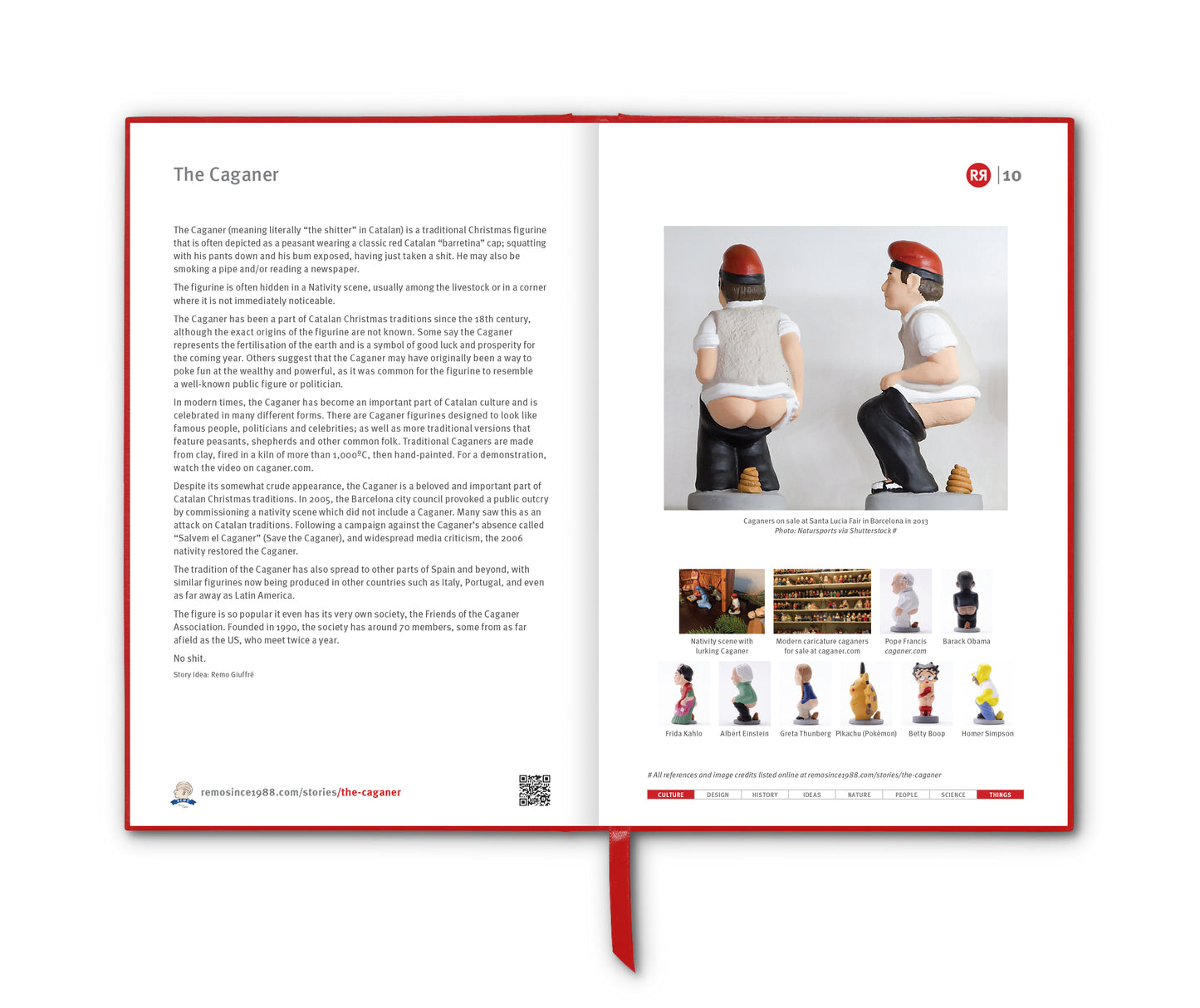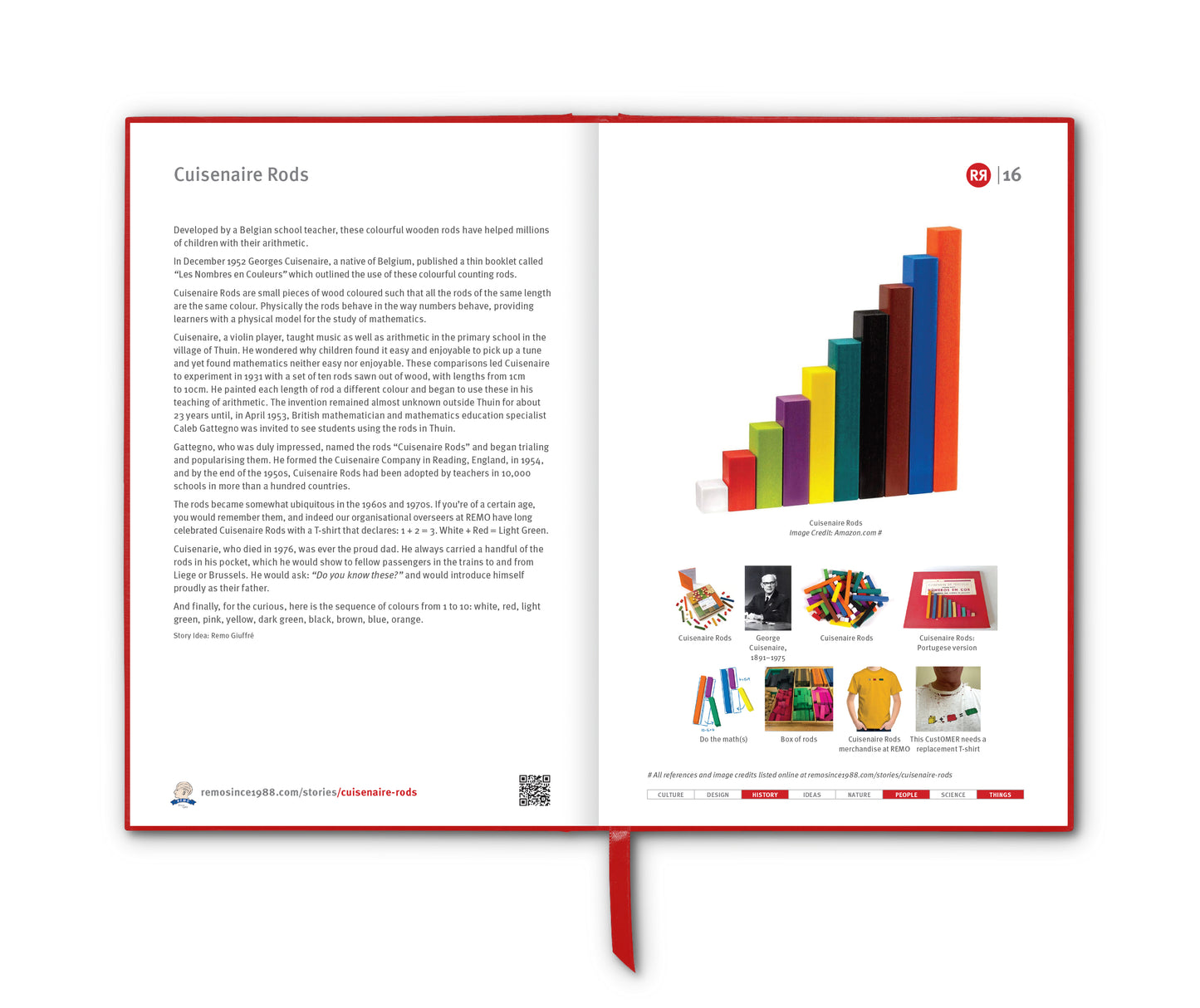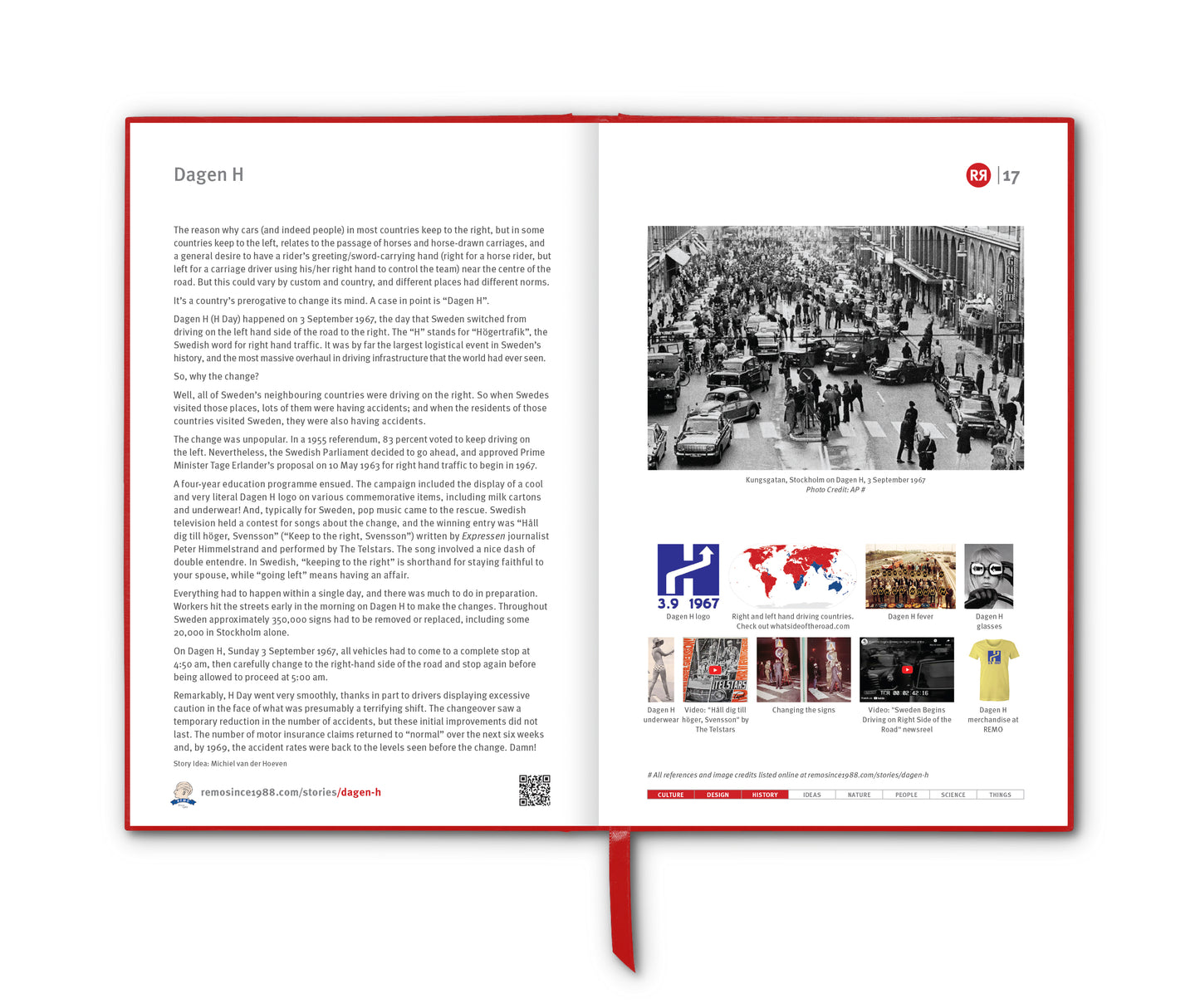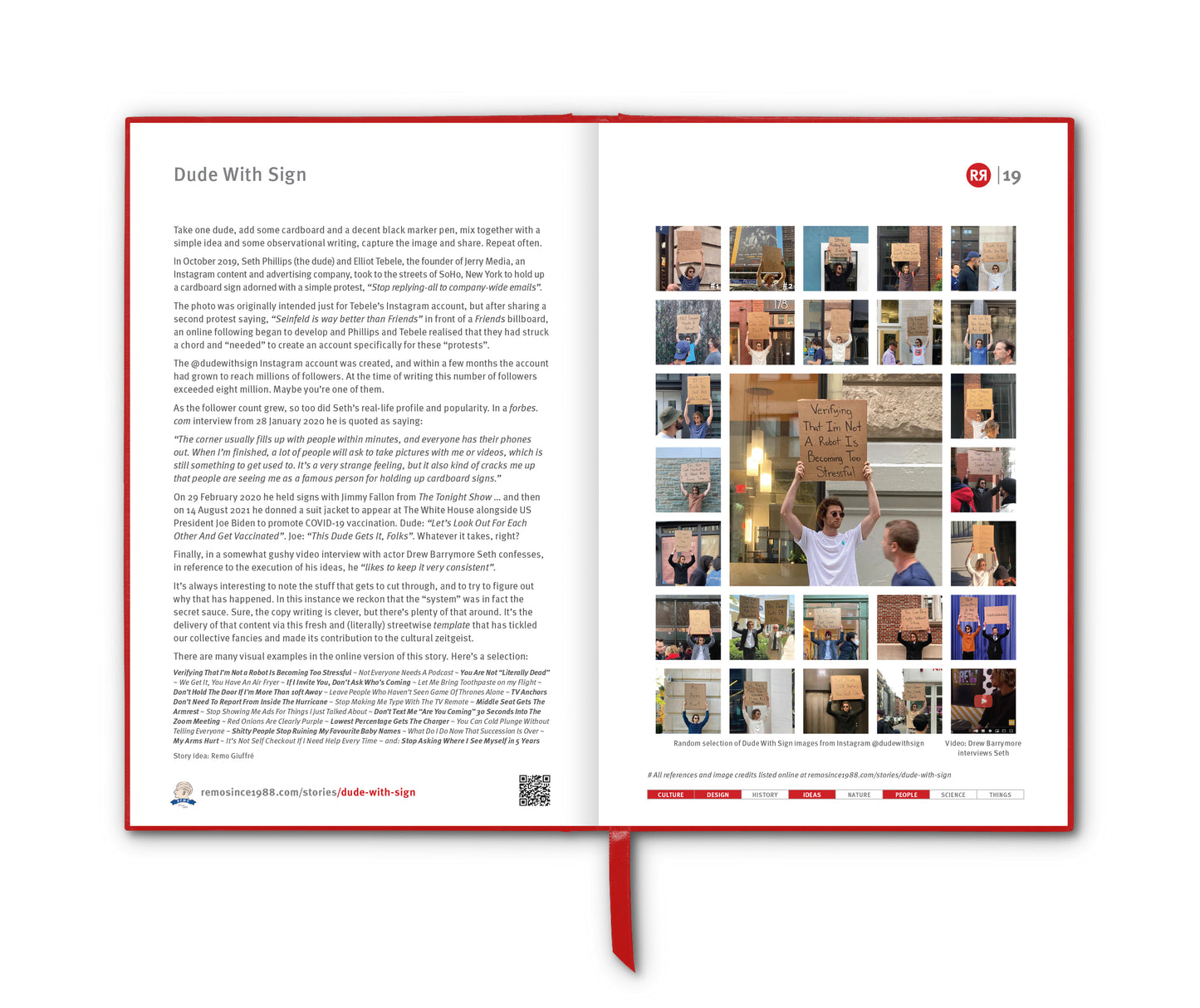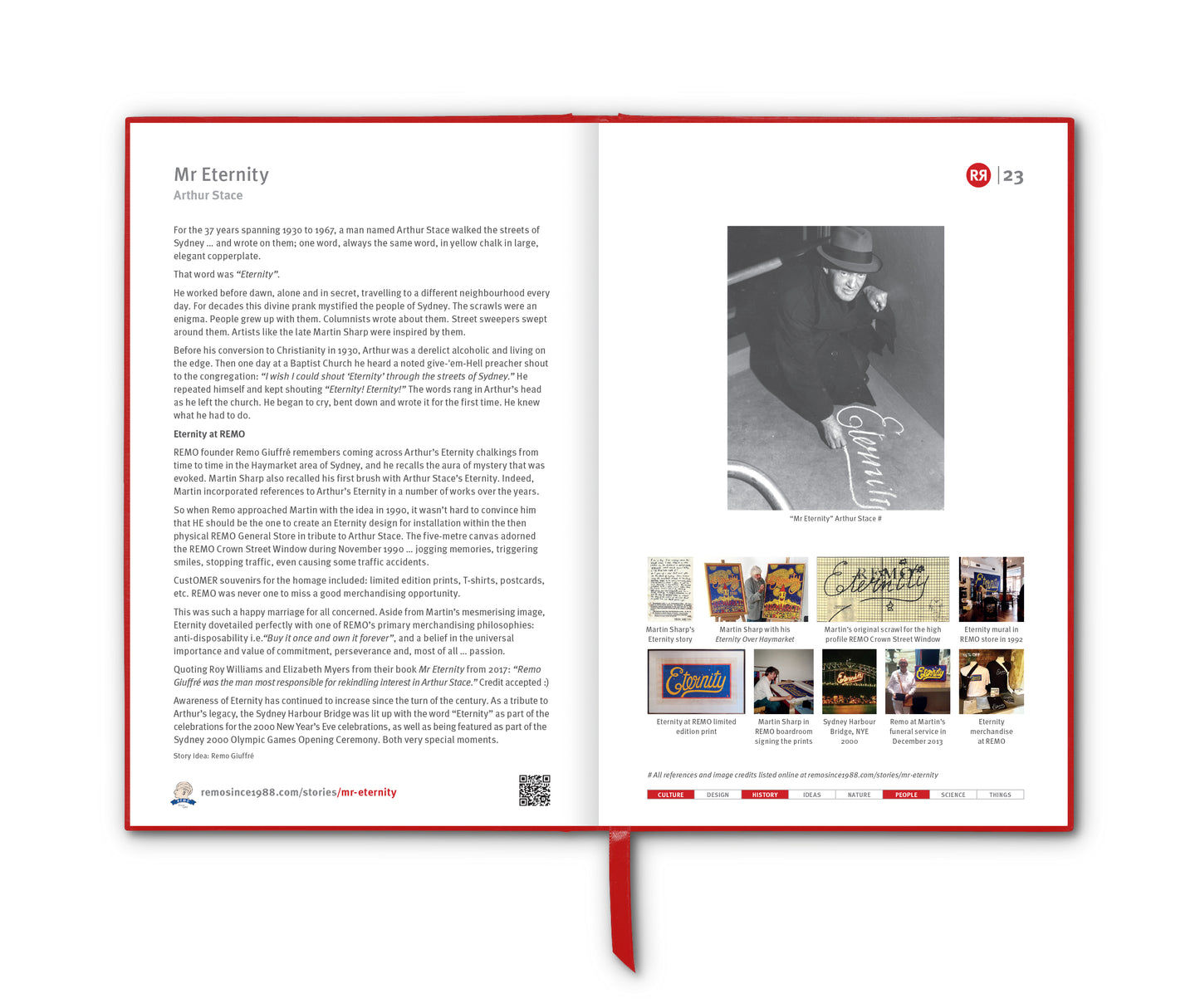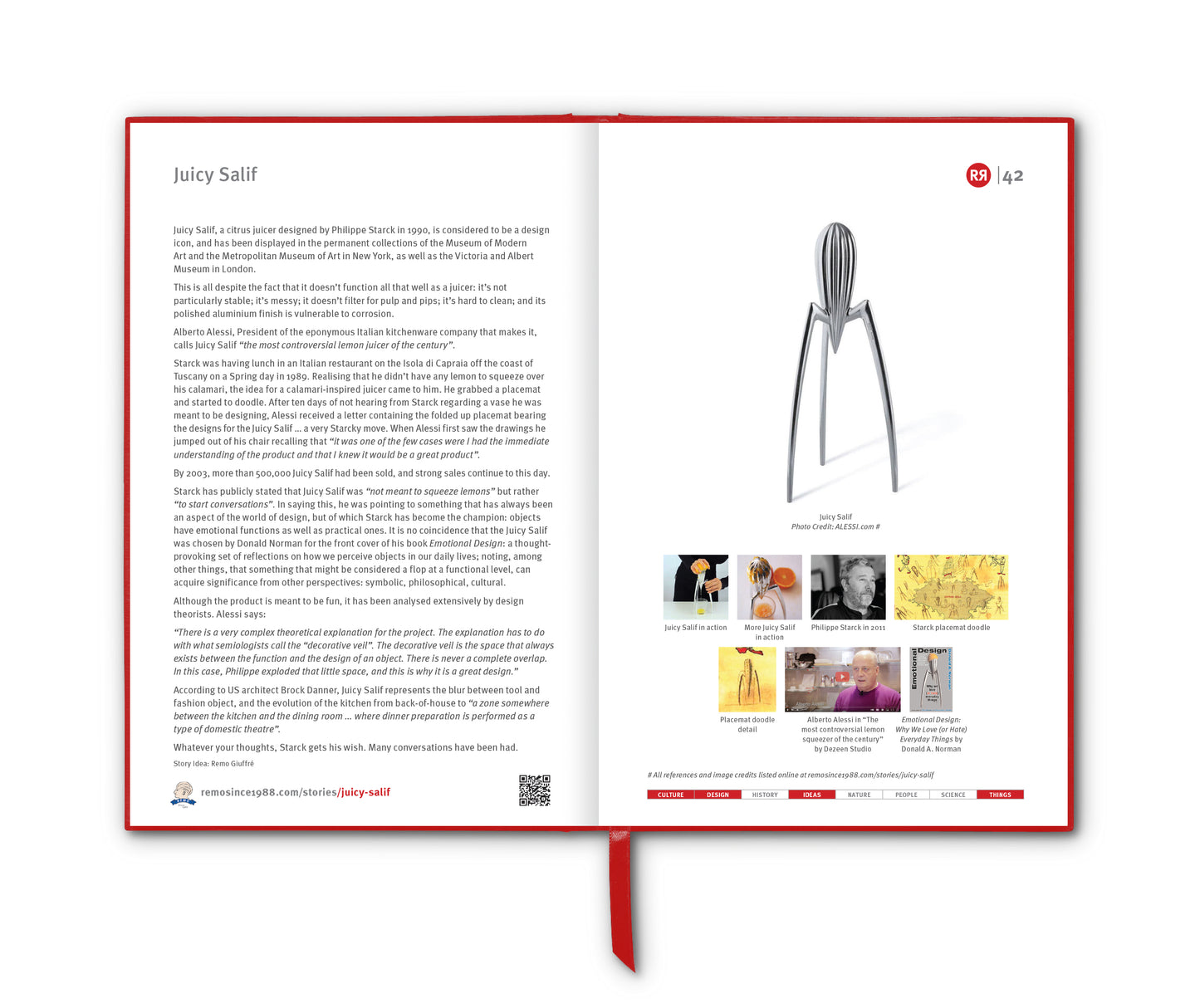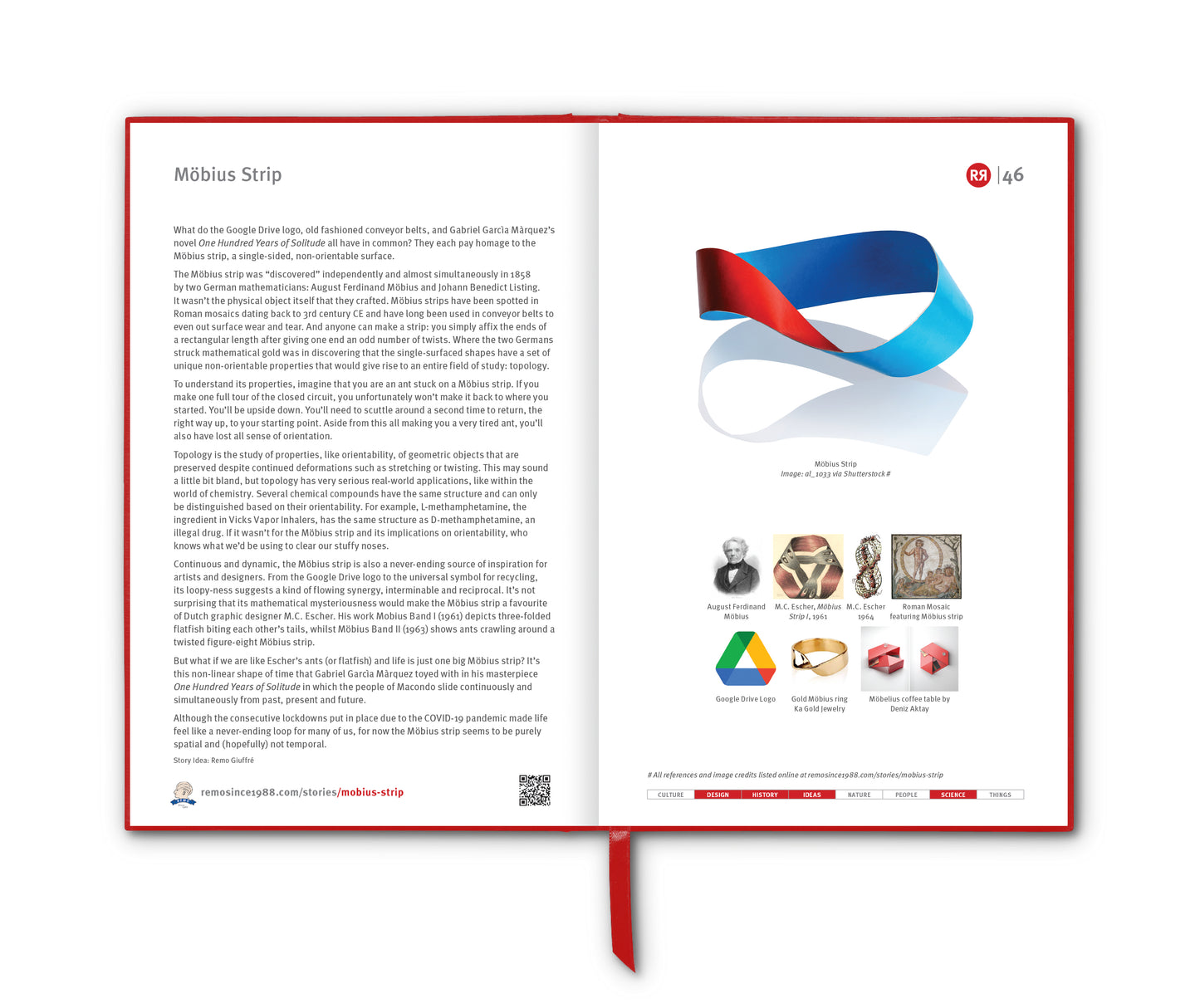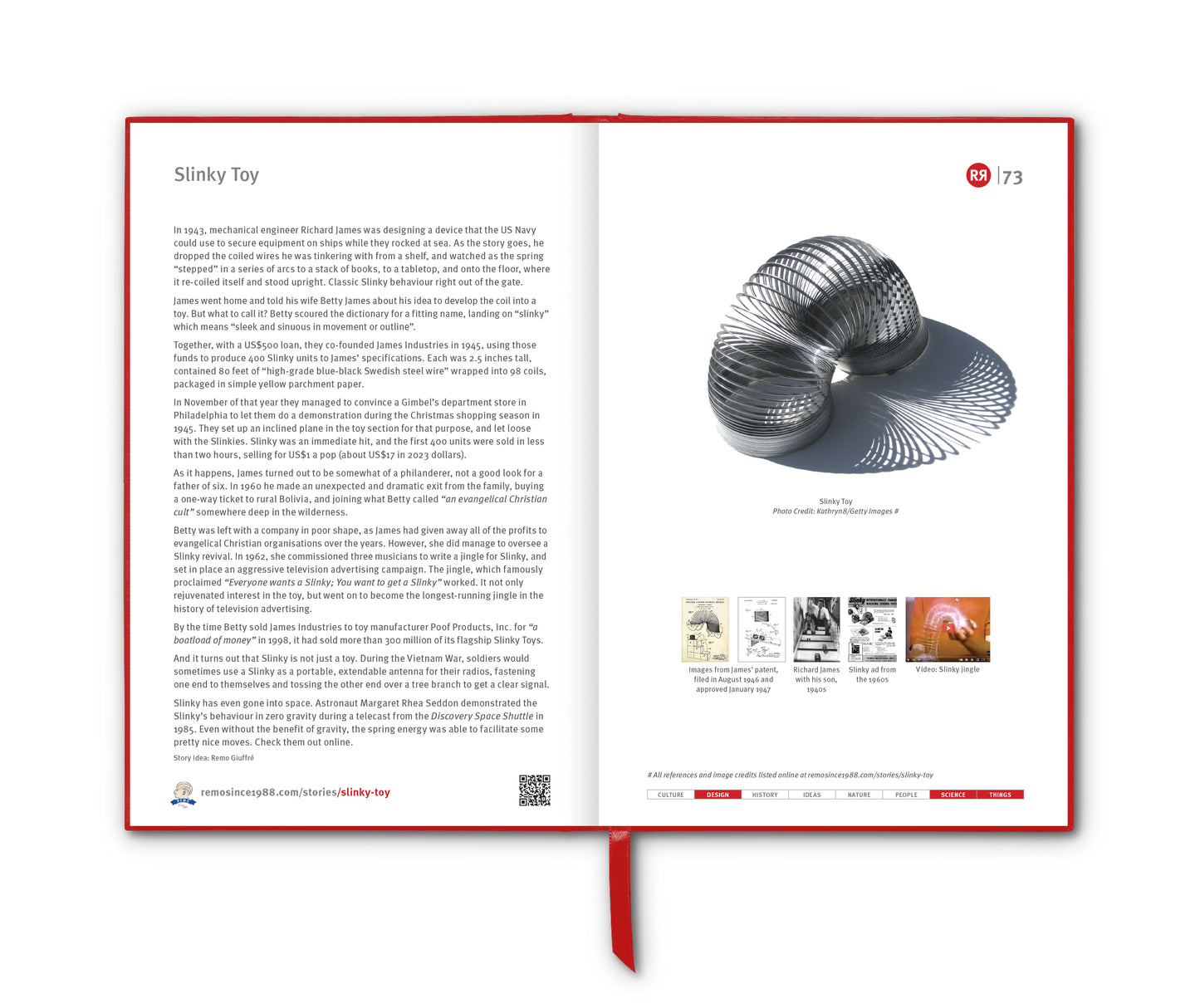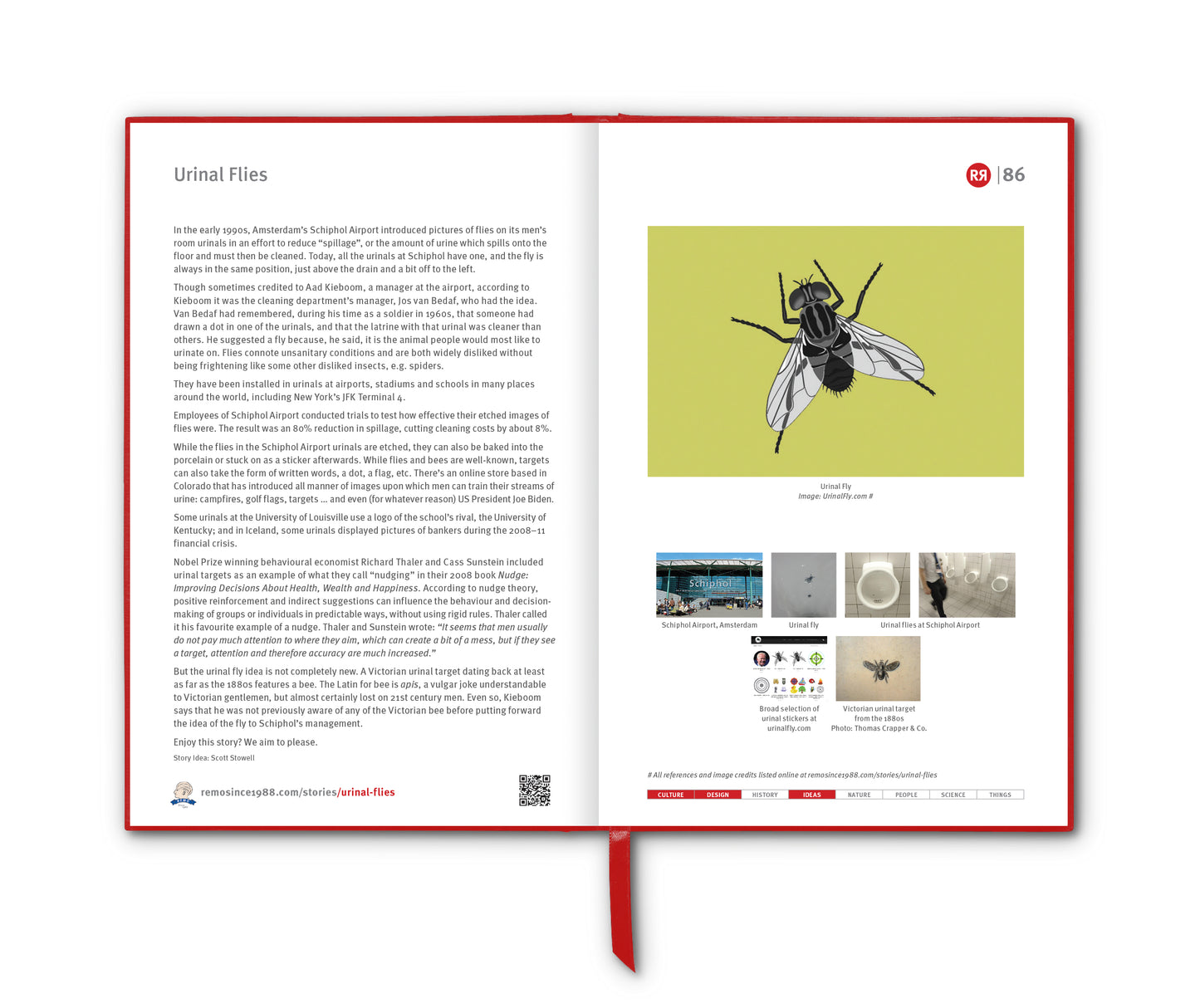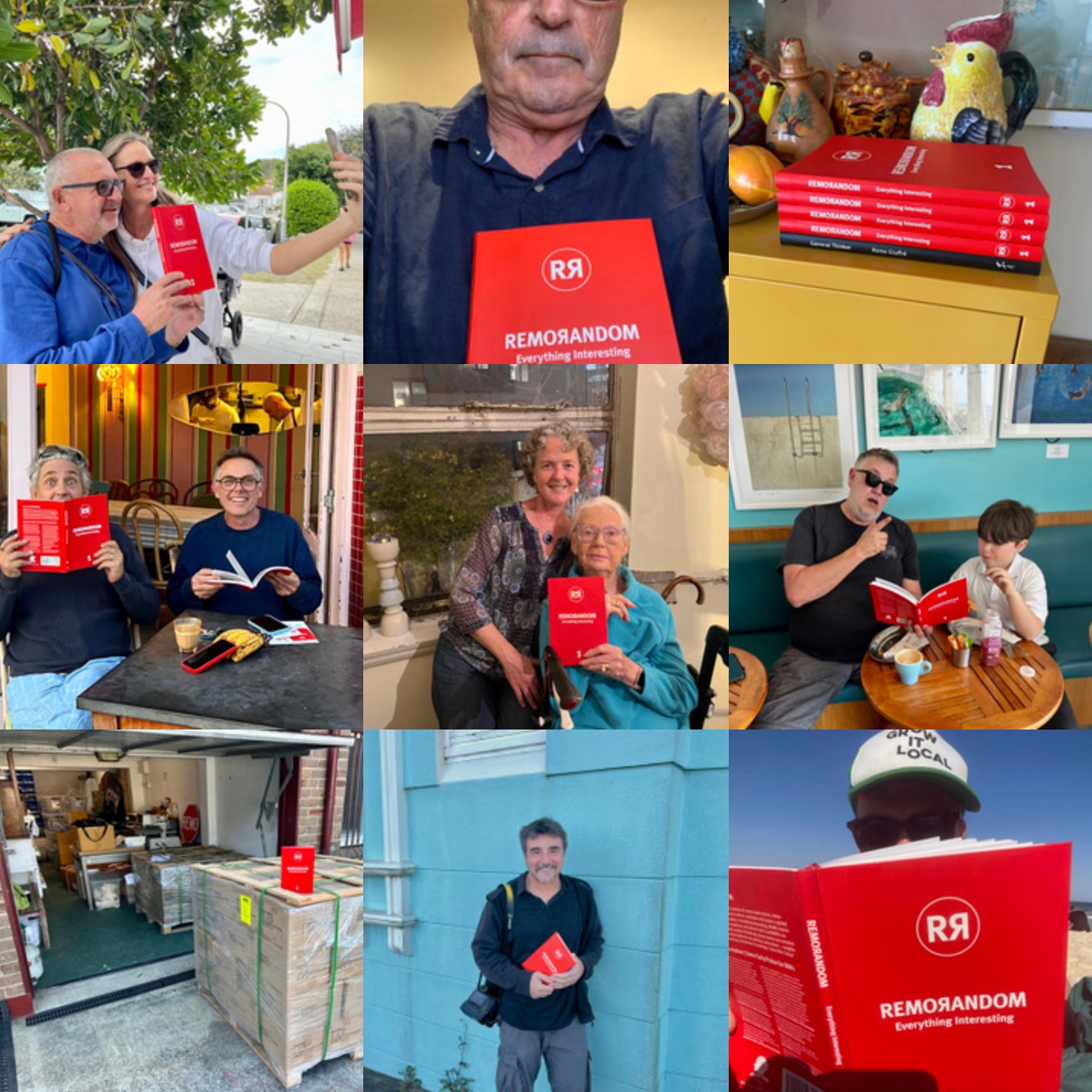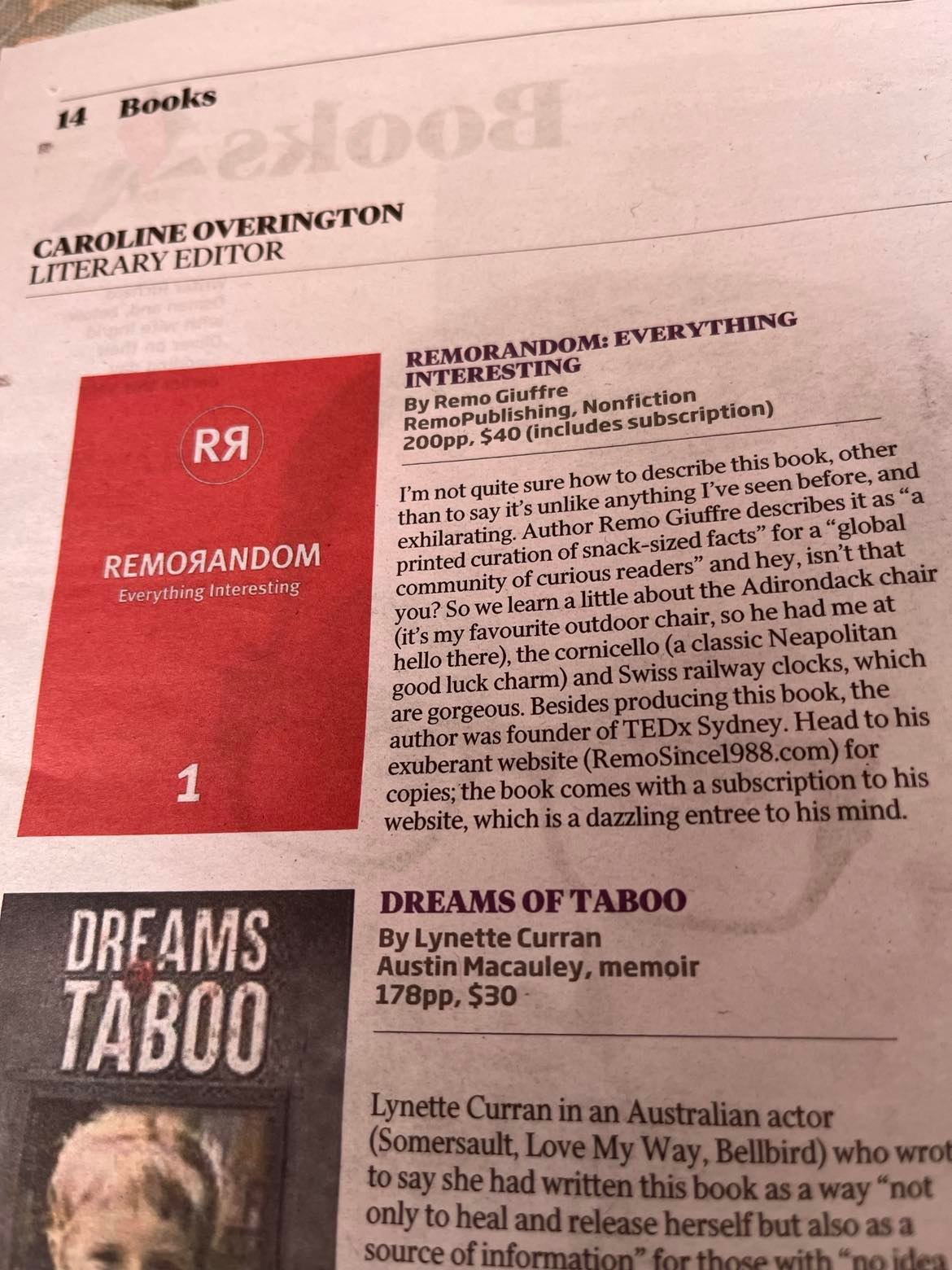The Claddagh ring (Irish: fáinne an Chladaigh) is a traditional Irish piece of jewellery with deep historical and cultural significance. Recognisable by its distinctive design – a heart clasped by two hands and topped with a crown – it symbolises love, friendship and loyalty. The origins of the Claddagh ring date back to the 17th century in the fishing village of Claddagh, near Galway, Ireland.
Rings depicting two hands, called “fede” or fidelity rings, were worn in the Mediterranean region during the Middle Ages, and likely traders brought the first versions to Ireland. One of the most popular origin stories revolves around Richard Joyce, a Galway native who was captured by Algerian pirates and sold into slavery. During his captivity, Joyce was apprenticed to a goldsmith, where he learned the craft of jewellery making. Upon his release, he returned to Galway and created the now-famous Claddagh ring as a tribute to love and commitment. The hands represent friendship, the heart symbolises love and the crown stands for loyalty – qualities that remain at the core of Irish culture and relationships.
Over the centuries, the Claddagh ring became a cherished heirloom, passed down through generations as a token of family heritage. It has also been widely used as a wedding or engagement ring.
Sandra Jordan in The New York Times, quotes Jonathan Margetts, owner of Thomas Dillon’s Claddagh Gold, a Galway jeweller that specialises in the rings:
“In Galway, most people have Claddagh rings, they hand them down, mother to daughter, father to son”, noting that they call the design a “heart and hands ring."
According to Irish author Colin Murphy, a Claddagh ring is traditionally worn with the intention of conveying the wearer's relationship status, with its positioning on the hand carrying specific meanings. When worn on the right hand with the heart facing outward, it signals that the wearer is single. When the heart faces inward, it suggests that the person is in a relationship. On the left hand, with the heart pointing inward, it signifies marriage or deep commitment. Pointing out is for someone who is engaged to be married.
Beyond Ireland, the Claddagh ring has become a symbol of Irish identity and pride, often worn by members of the Irish diaspora. After the 9/11 terrorist attack on New York, one of the books about the tragedy, Report from Ground Zero by Dennis Smith, said that more than 200 Claddagh rings were found in the rubble of the Twin Towers.
Today, the ring is crafted in various styles and materials, from traditional gold to modern silver and platinum, often incorporating gemstones or engravings.
The Claddagh ring has been spotted on the fingers of political figures, Hollywood icons and literary figures. Claddagh ring wearers have included: John F. Kennedy, Ronald Reagan and Bill Clinton; Queen Victoria and King Edward VII; Walt Disney, John Wayne, Bing Crosby, Daniel Day-Lewis, Mia Farrow and Gabriel Byrne. Sarah Jessica Parker – The Sex and the City star, who has Irish ancestry, has been spotted wearing a Claddagh ring, and in the television show Buffy the Vampire Slayer, the Claddagh ring is seen when Angel presents the ring to Buffy as a birthday present.
Story Idea: Brian Mooney
_______________________
References
wikipedia.org/wiki/Claddagh_ring
nytimes.com/2022/07/04/fashion/jewelry-claddagh-ring-ireland.html
wikihow.com/Wear-a-Claddagh-Ring
Images
1. Silver Claddagh ring
2. Galway map. Credit: Encyclopedia Brittanica
3. A Claddagh ring from 1700, made by the goldsmith Richard Joyce, on display at the Galway City Museum. Credit: Karen Cox for The New York Times
4. Claddagh ring code. Credit: wikihow.com
5. Dillon’s in Galway features what it calls a Claddagh ring museum. Credit: Karen Cox for The New York Times
6. Walt Disney with Claddagh ring
7. Buffy and Angel with Claddagh ring
8. Simplified design by Eileen Moylan, a goldsmith with Claddagh Design


















